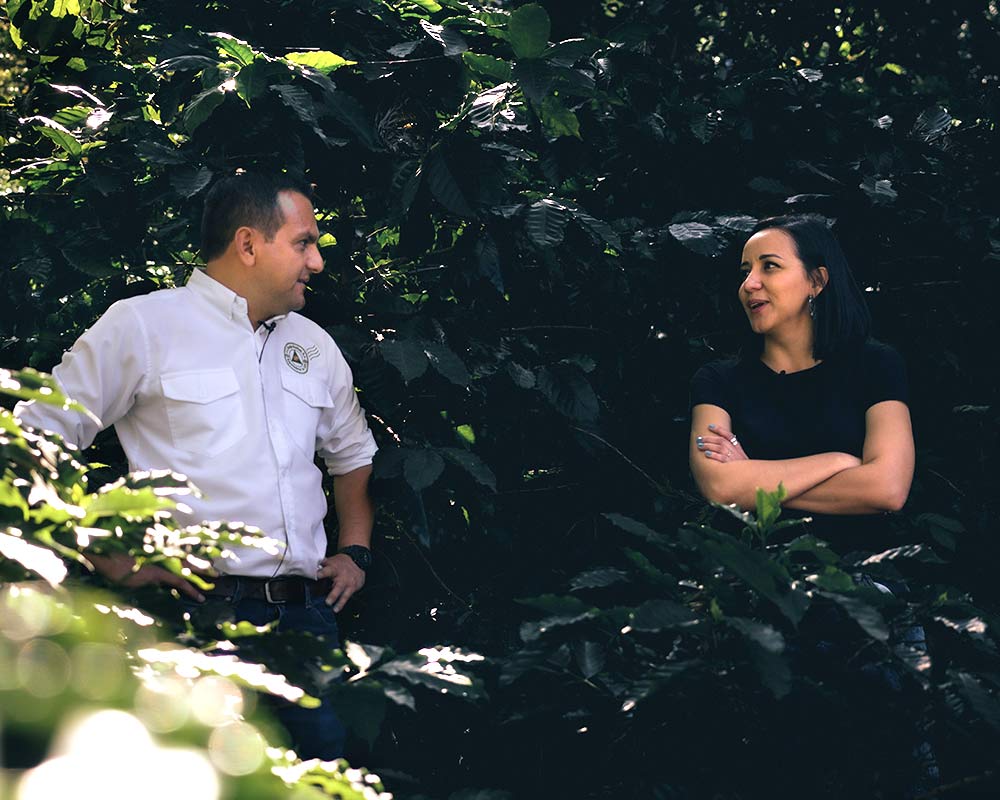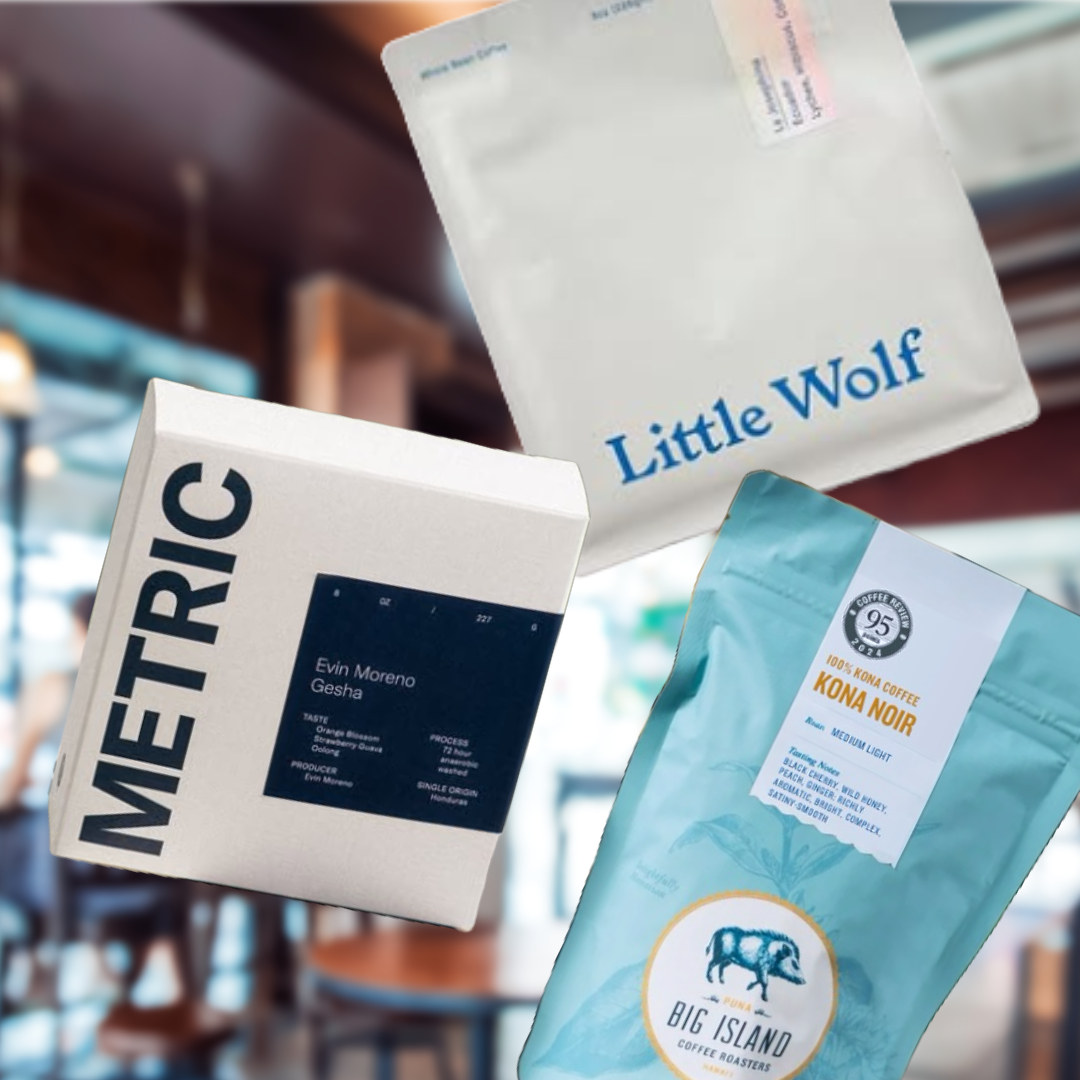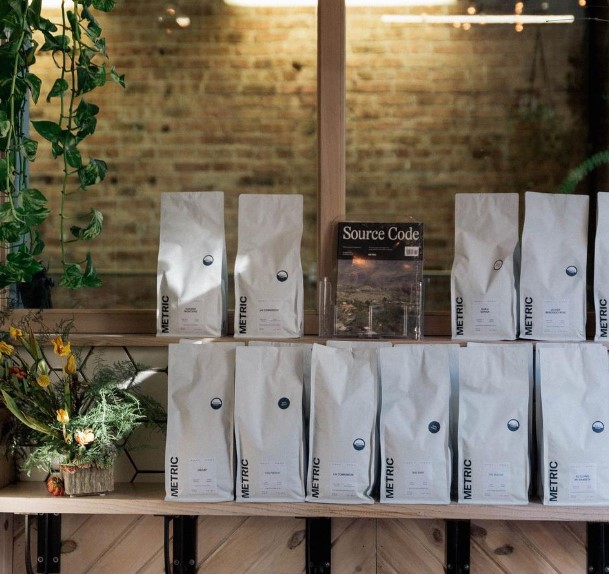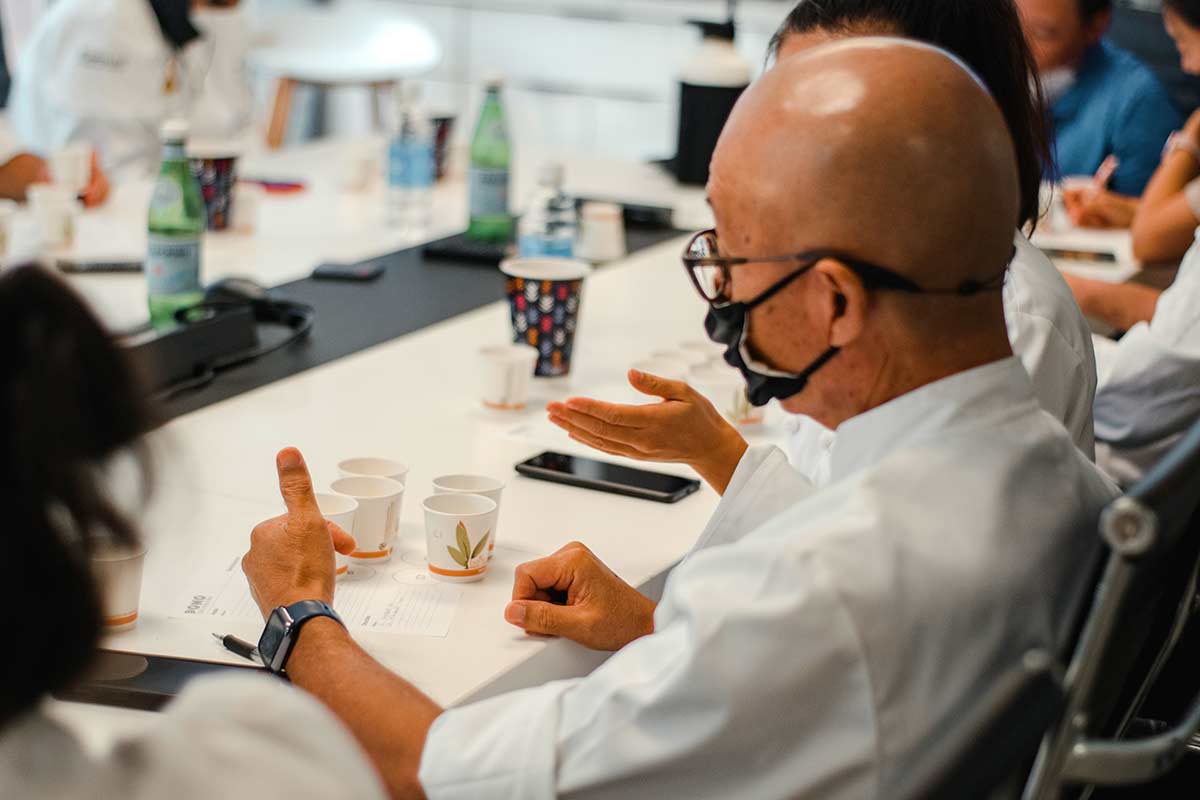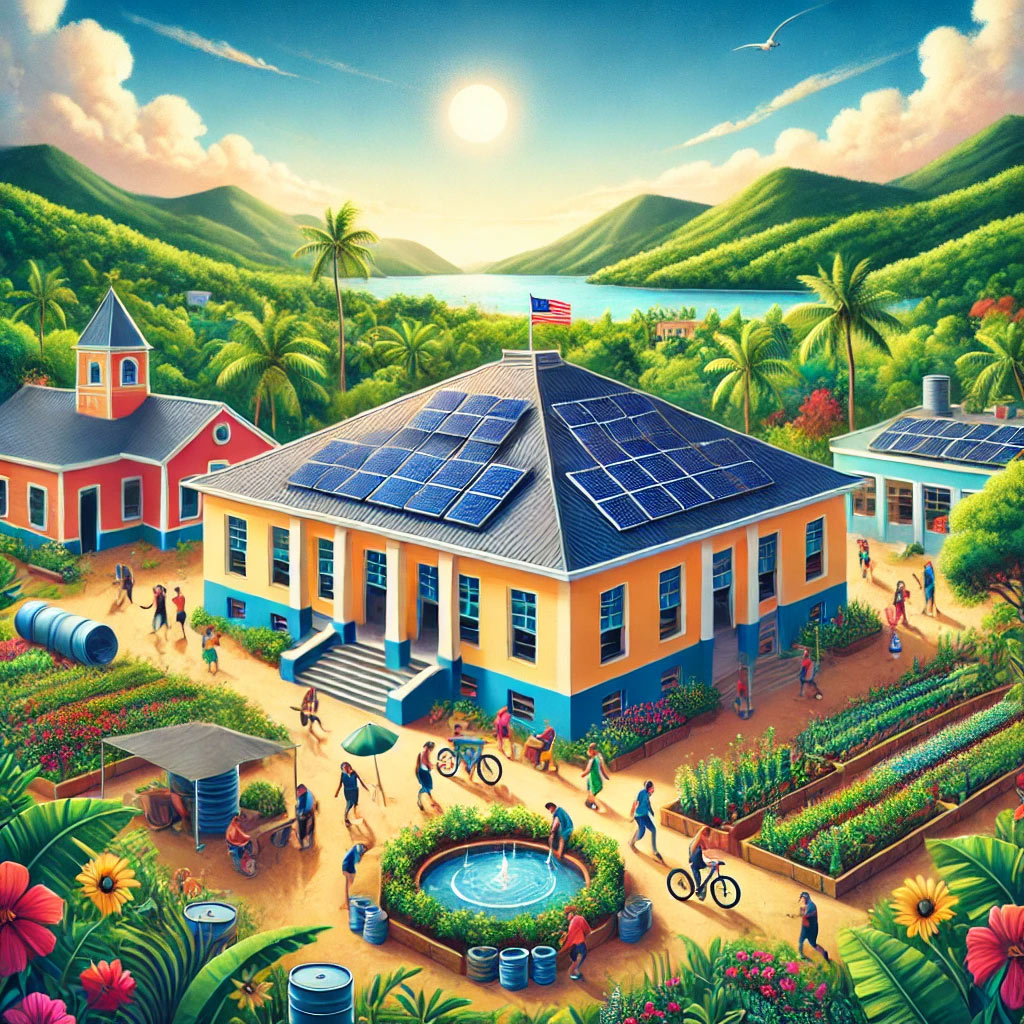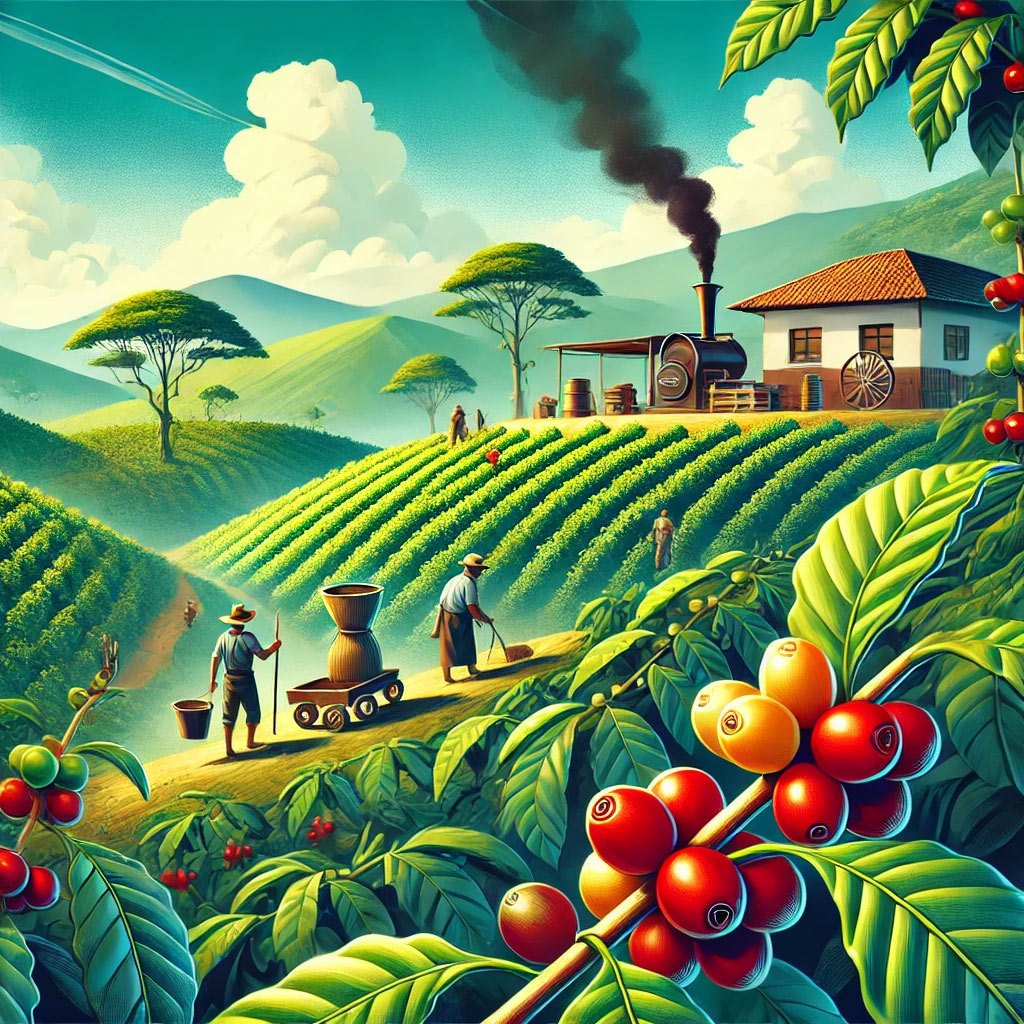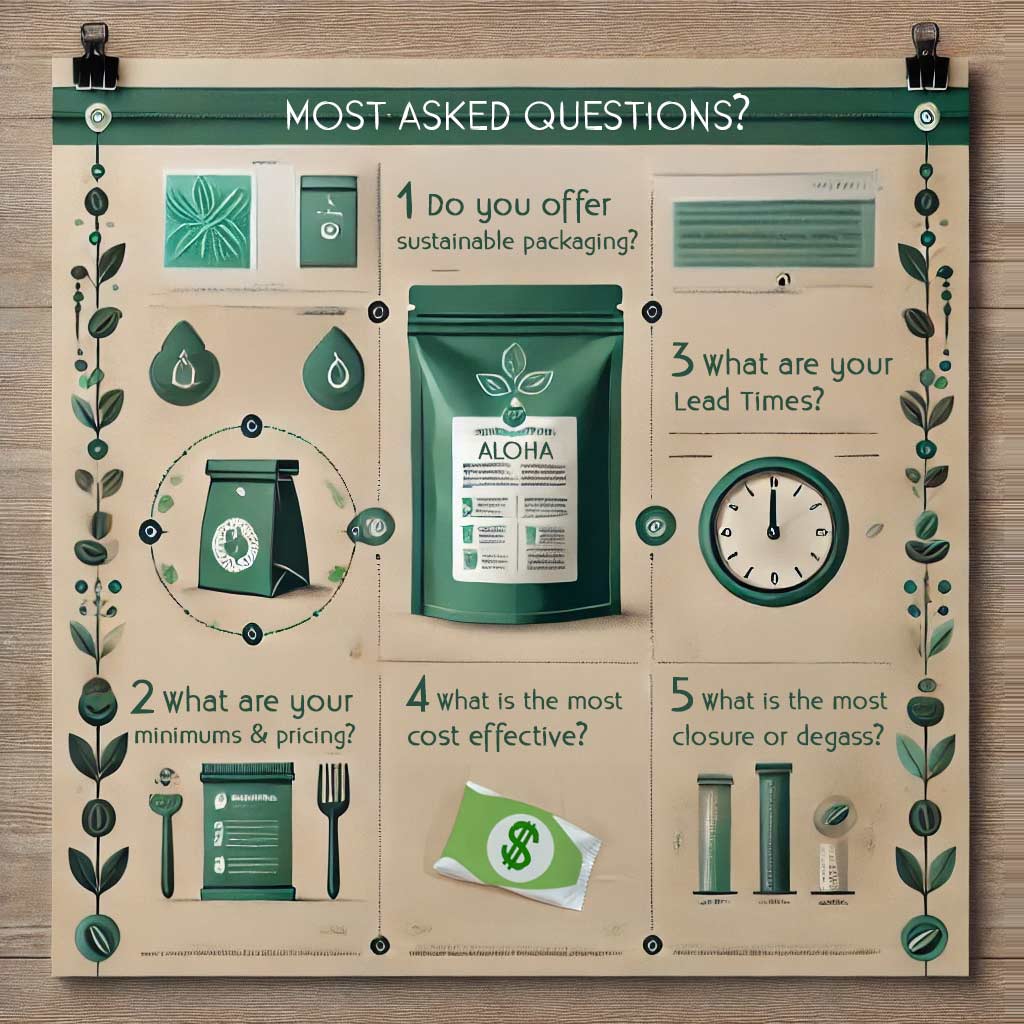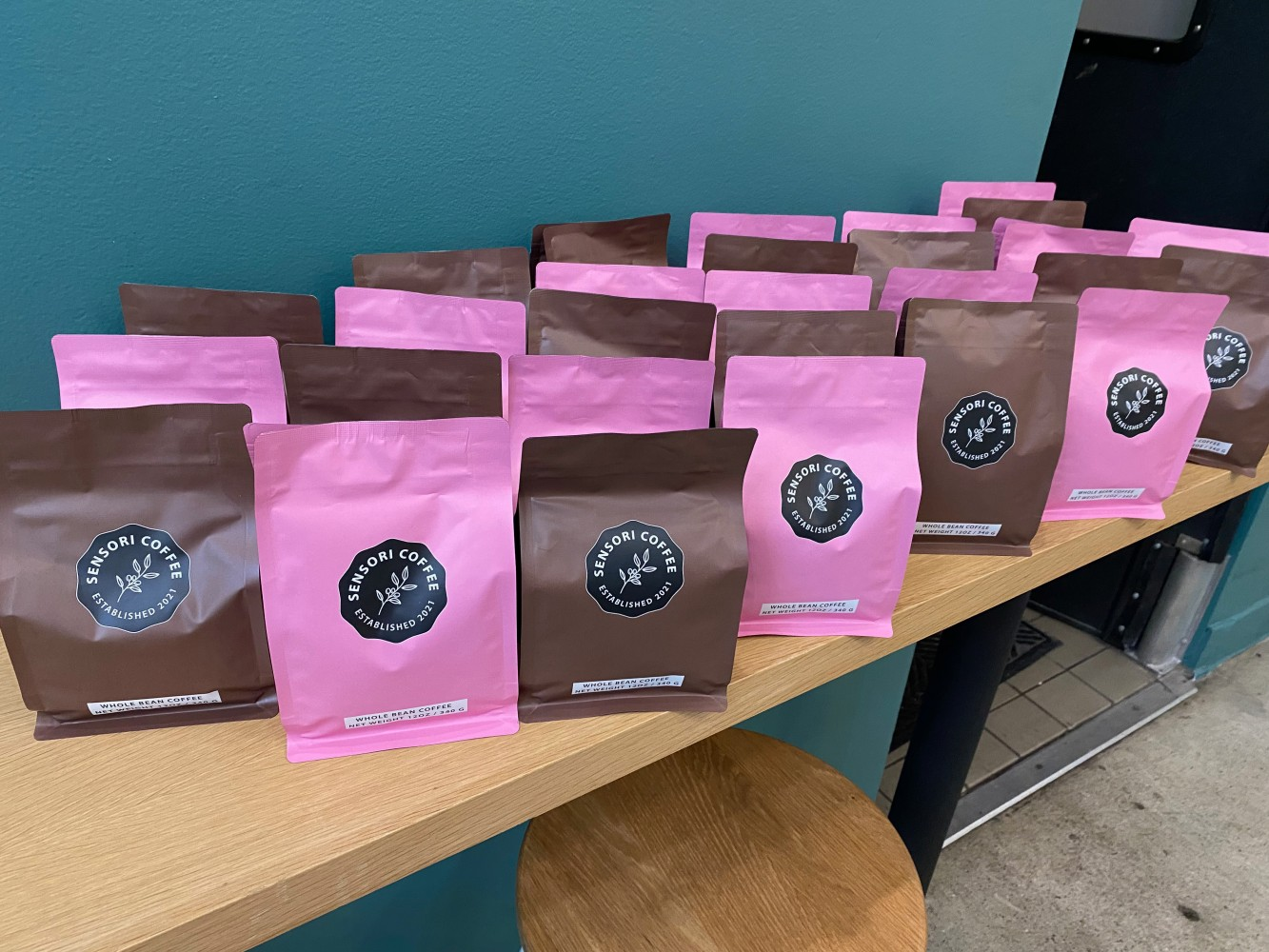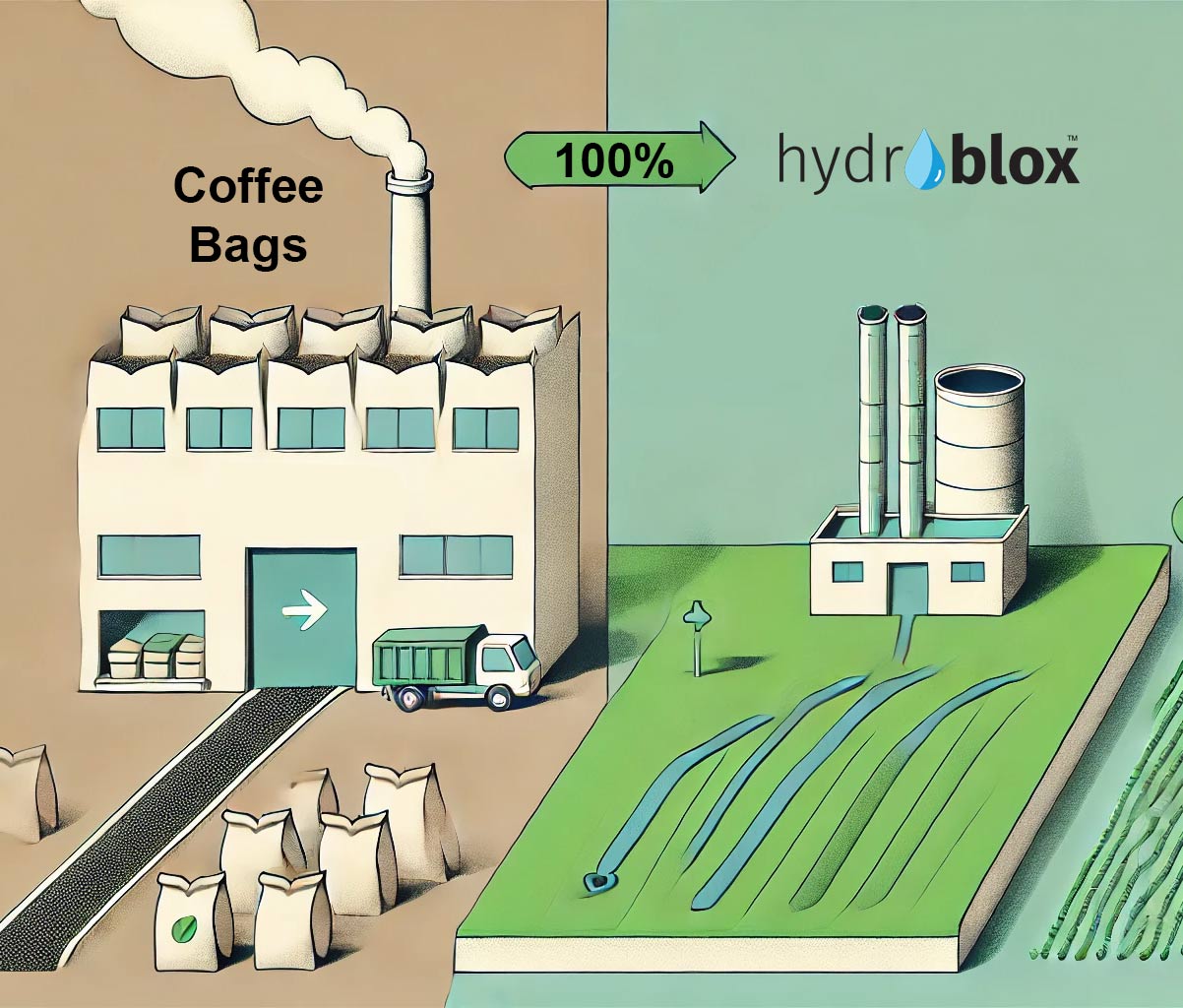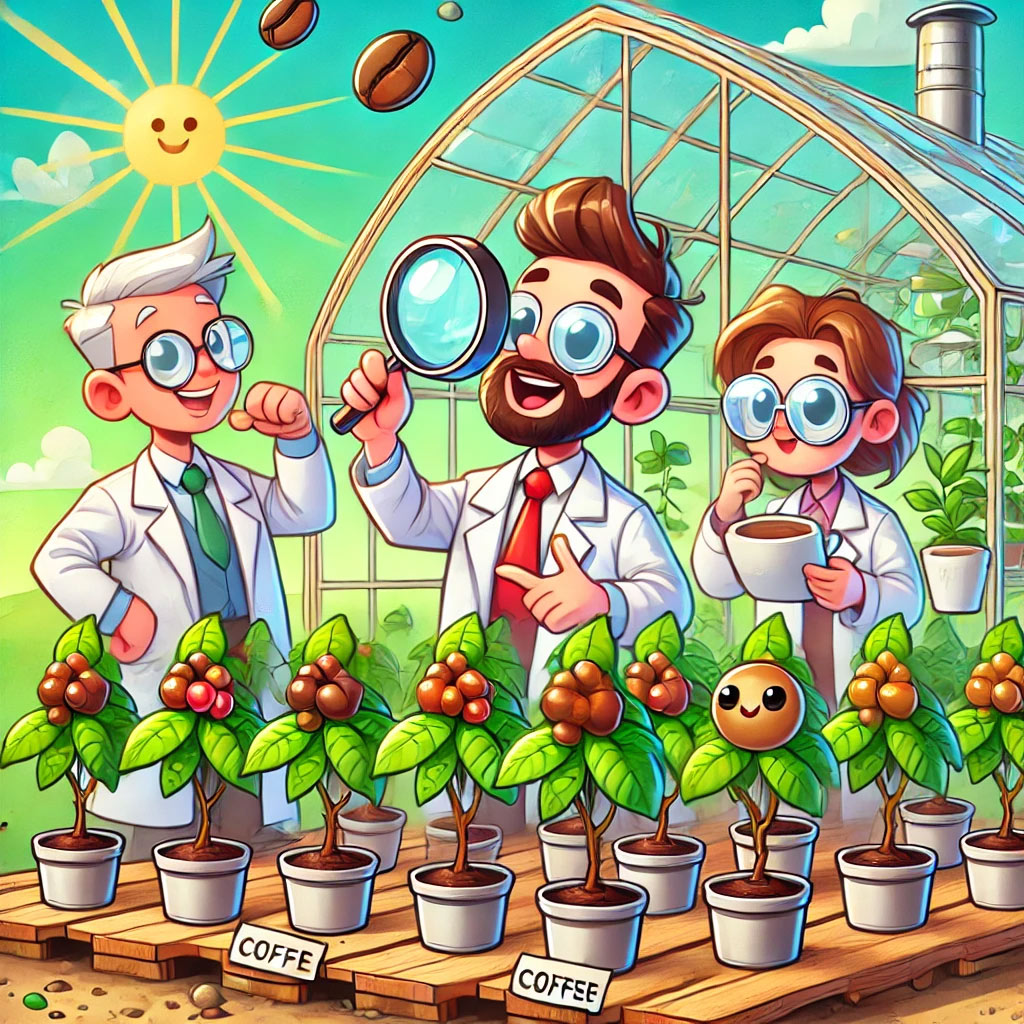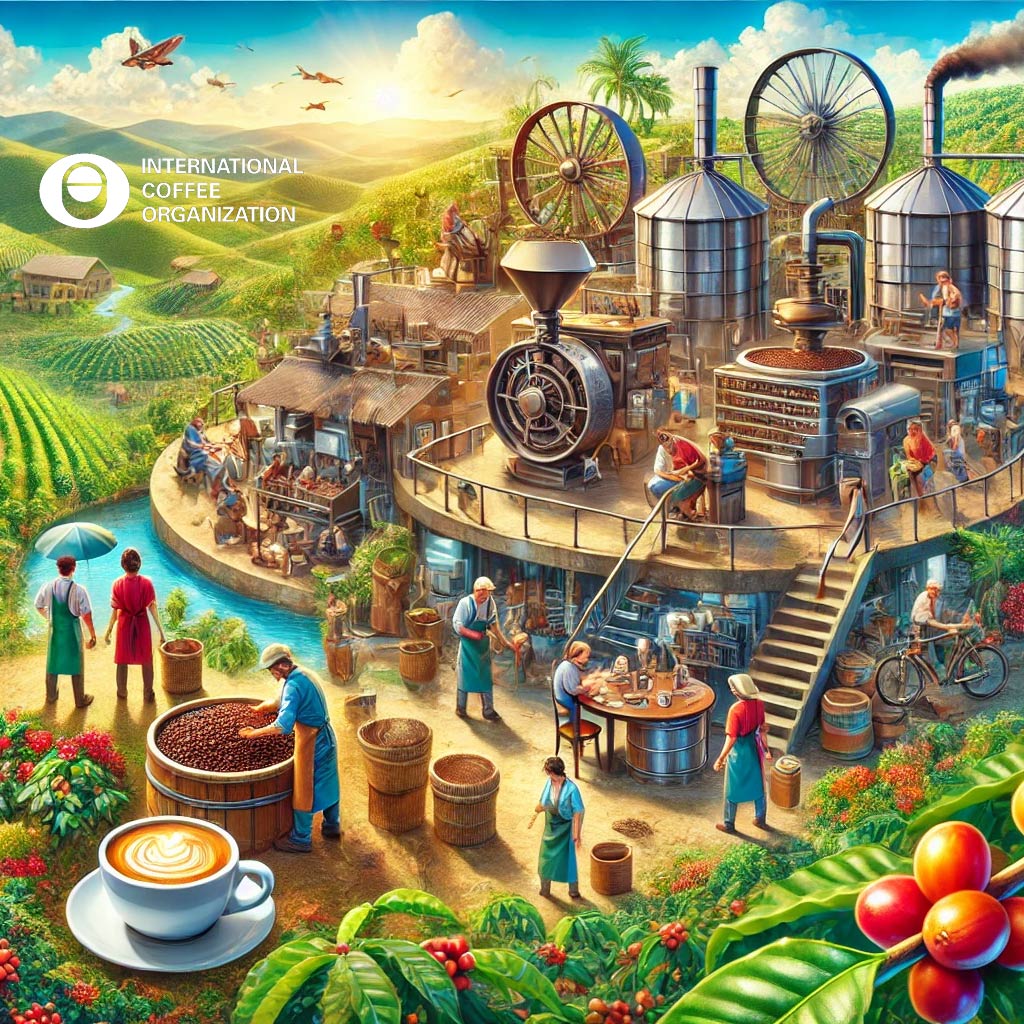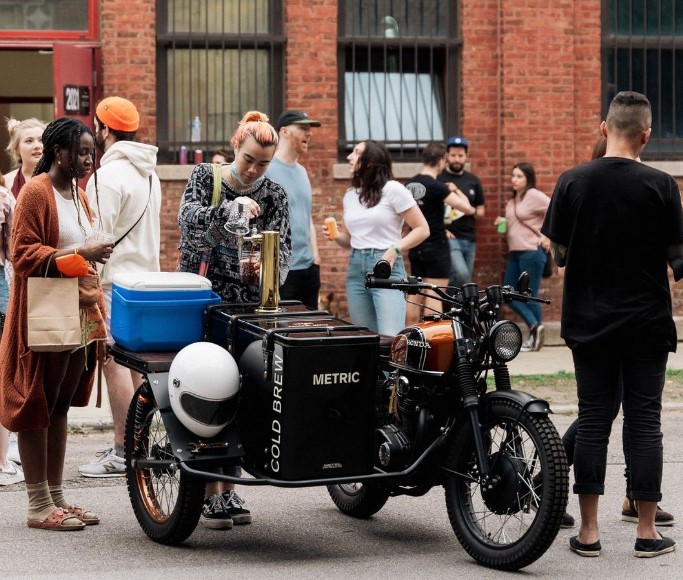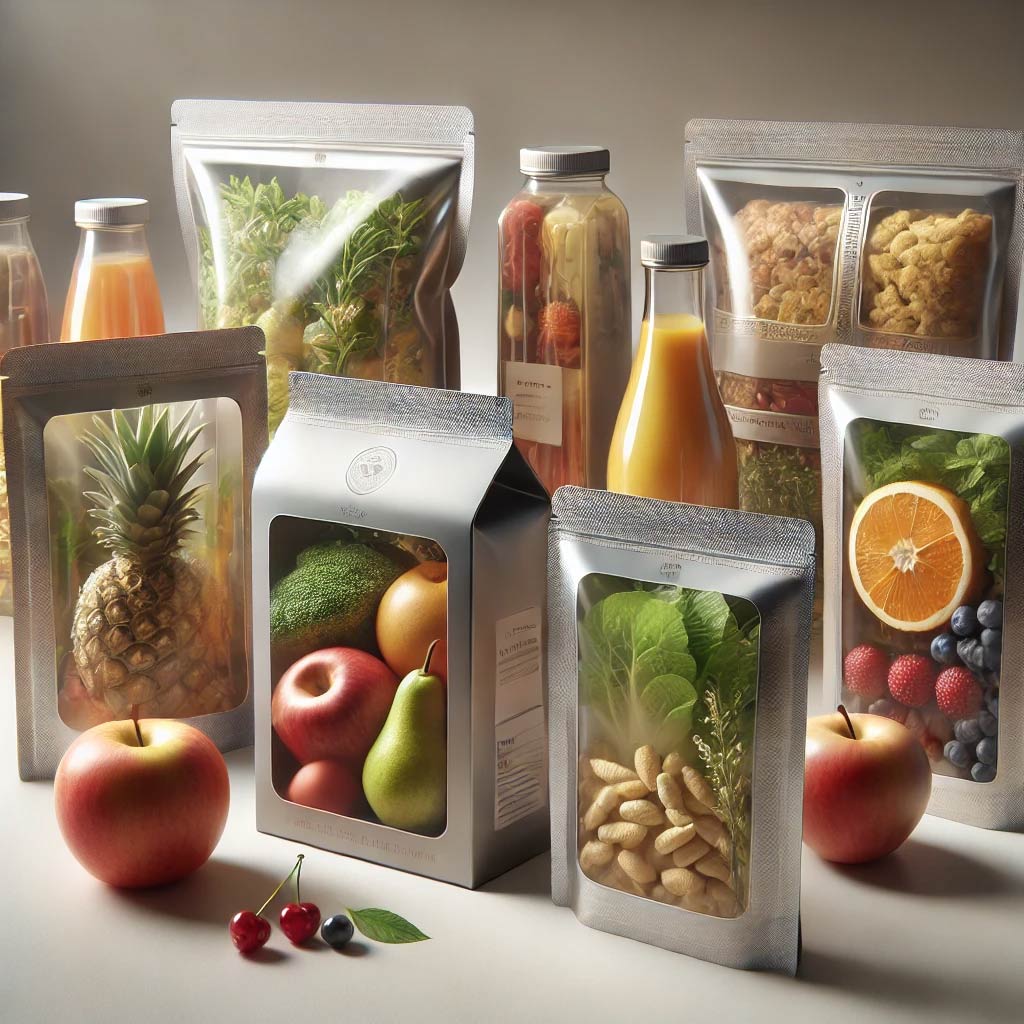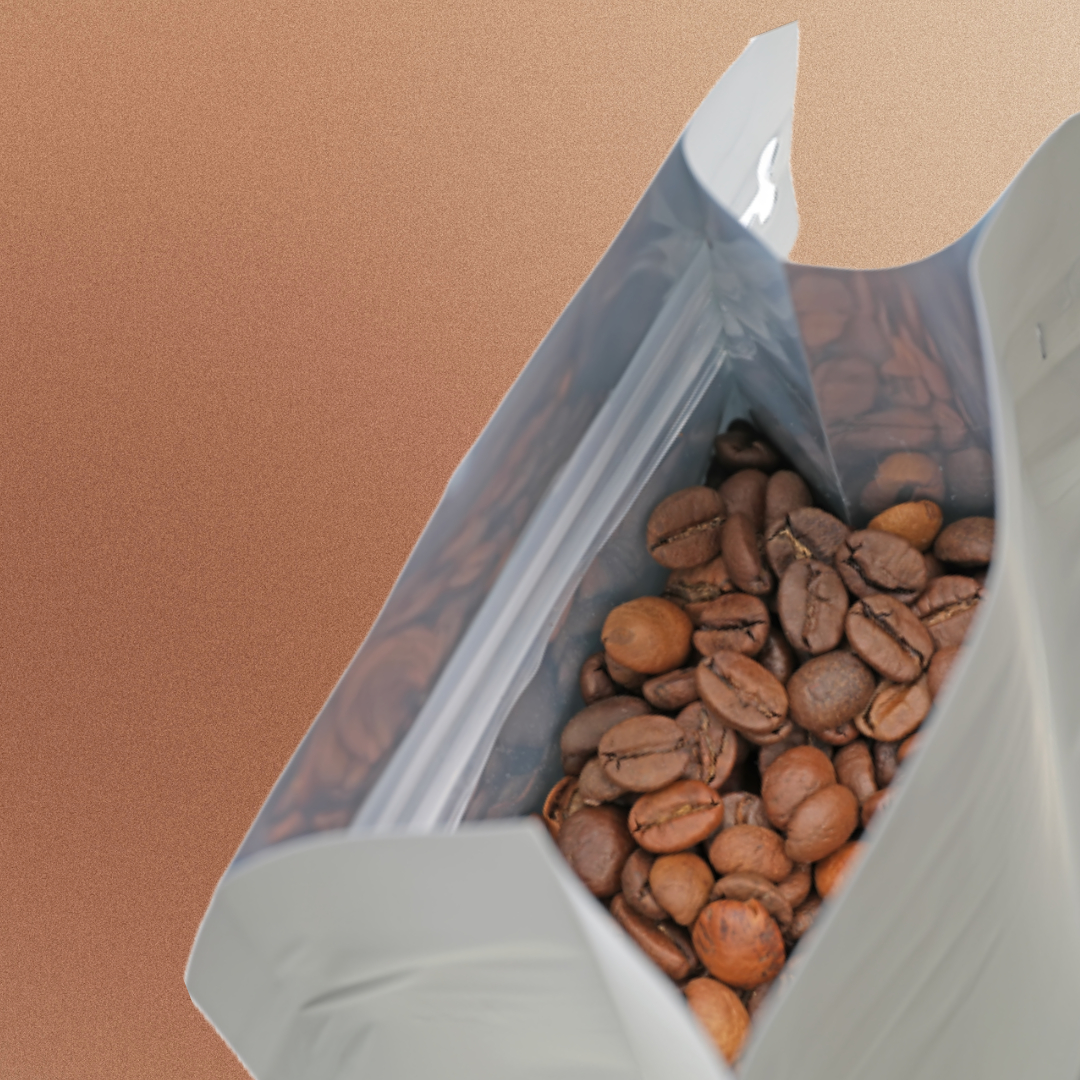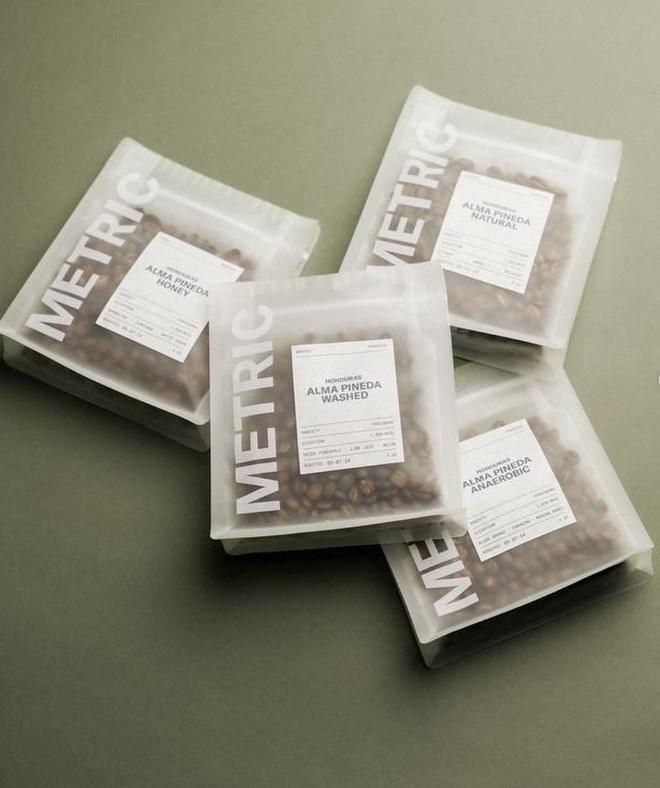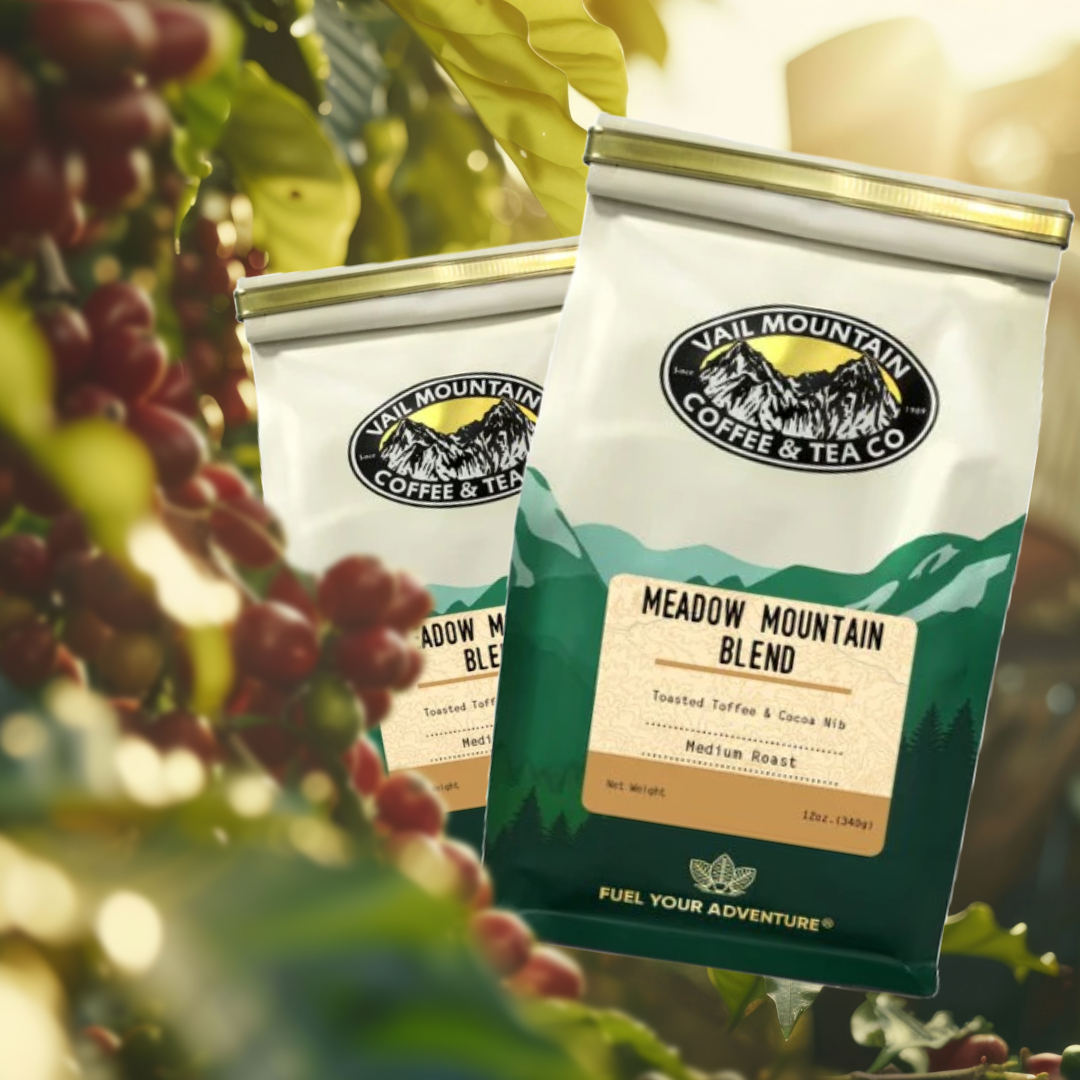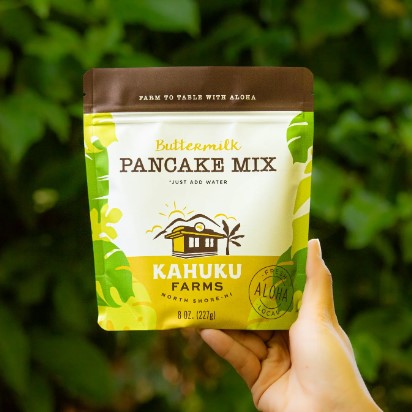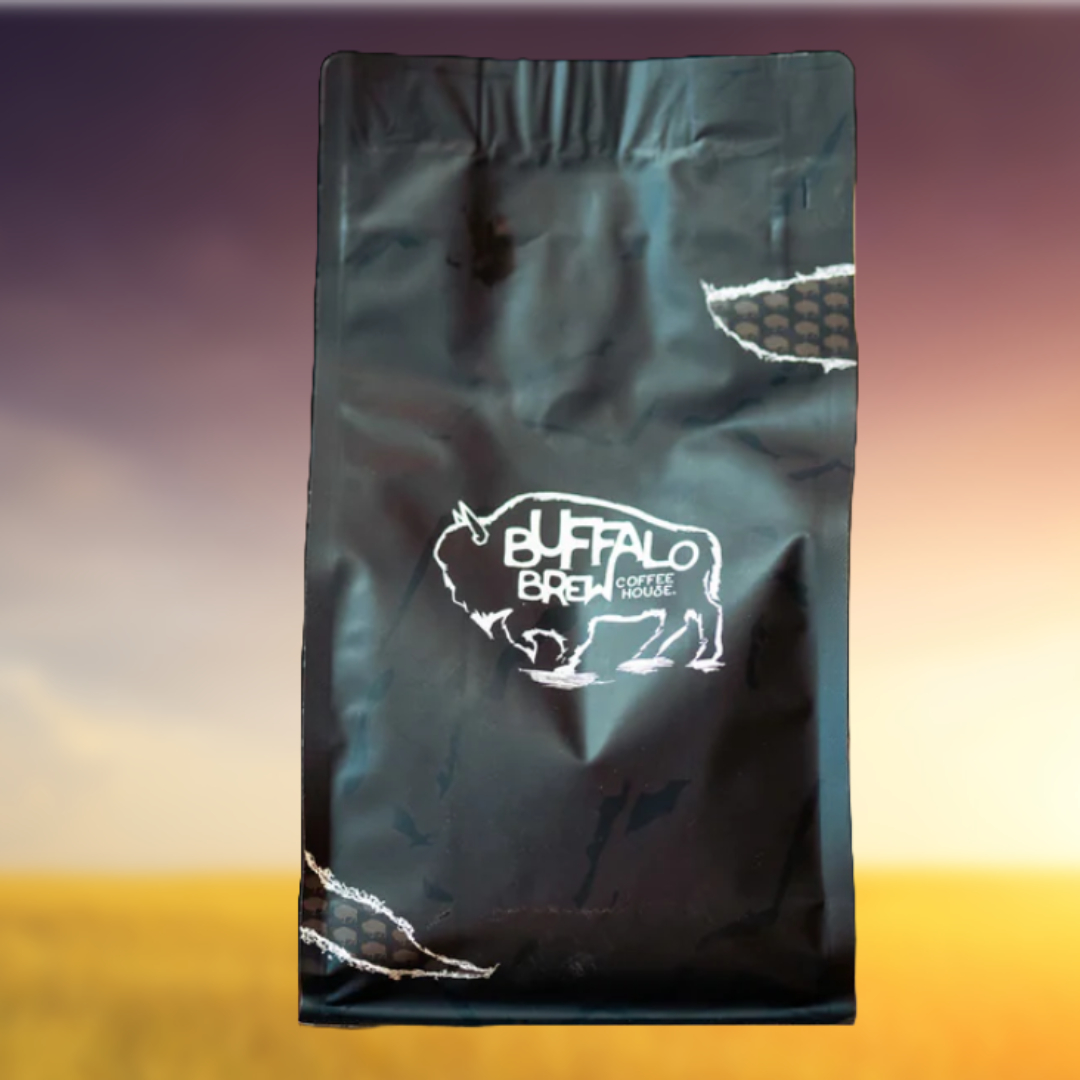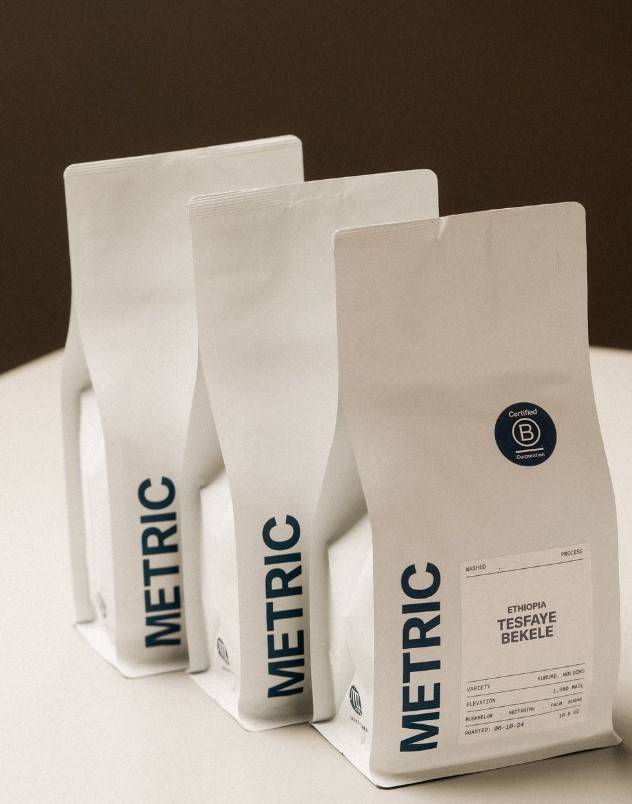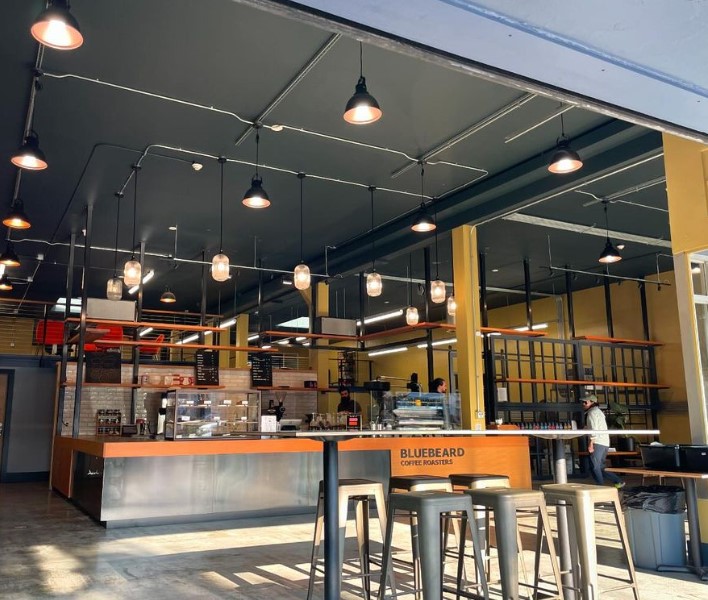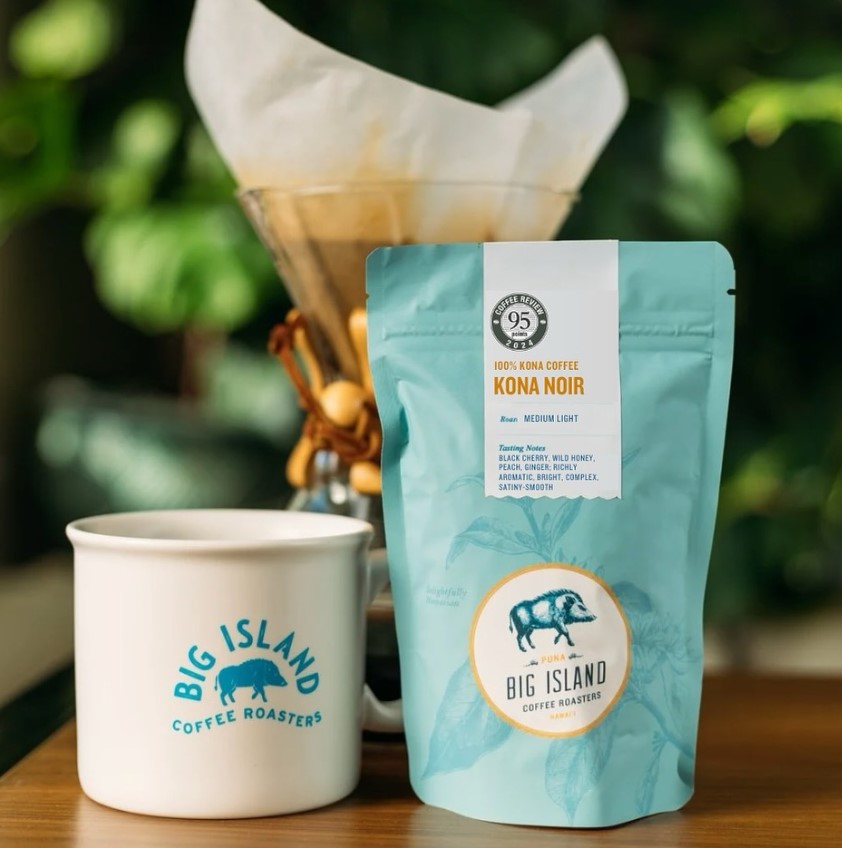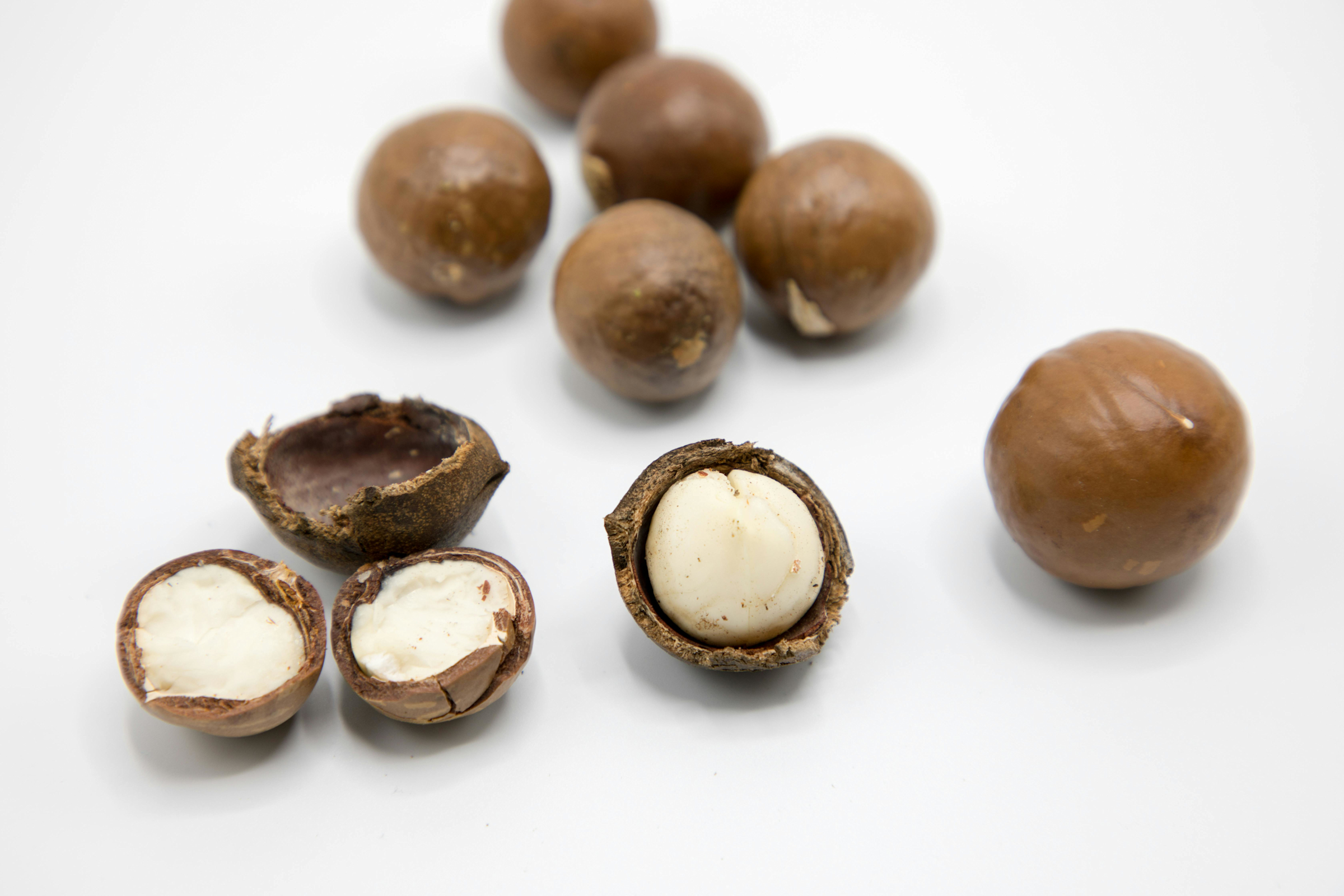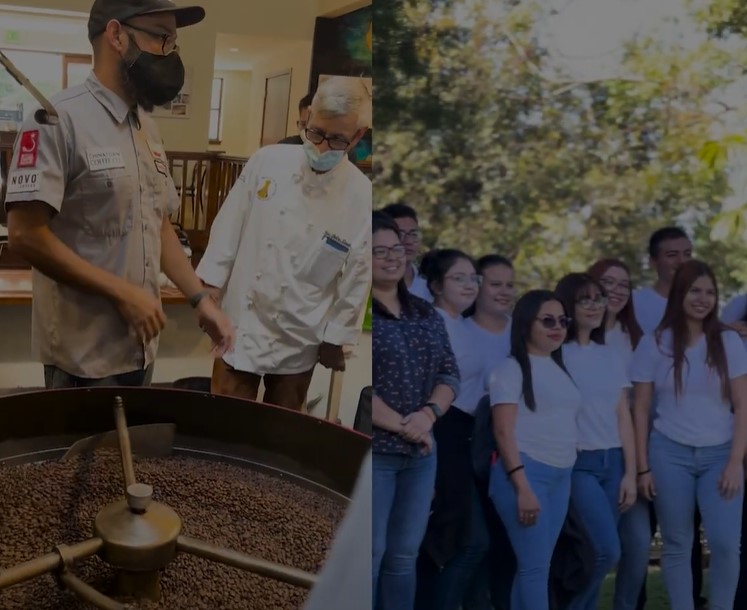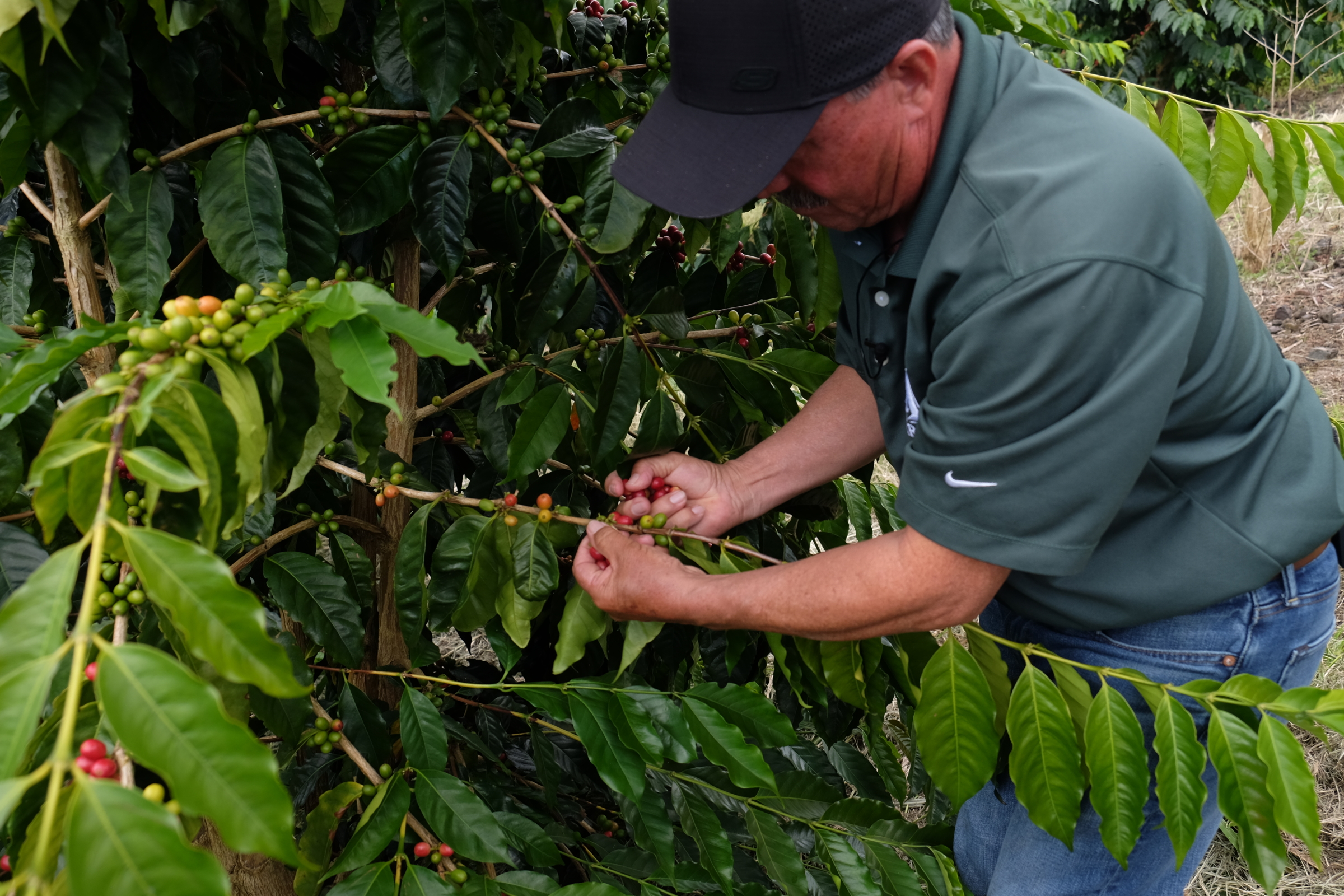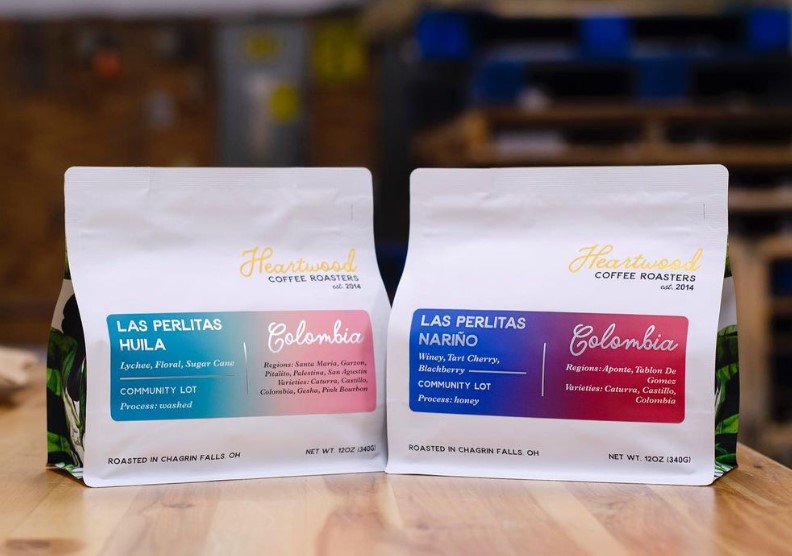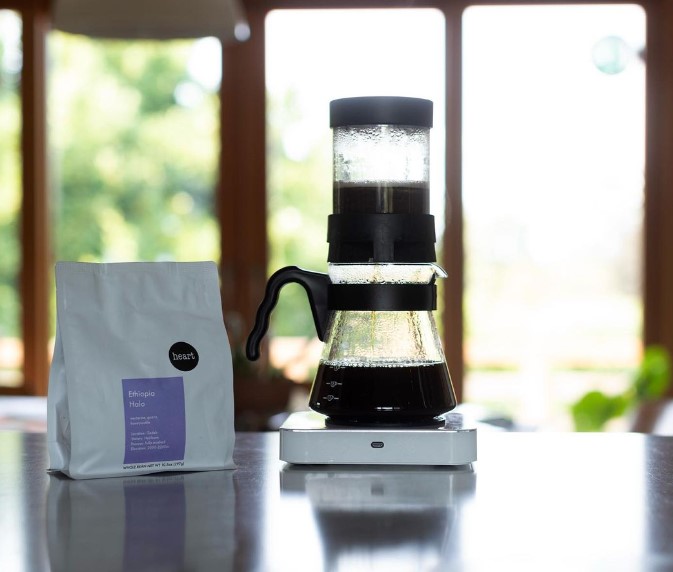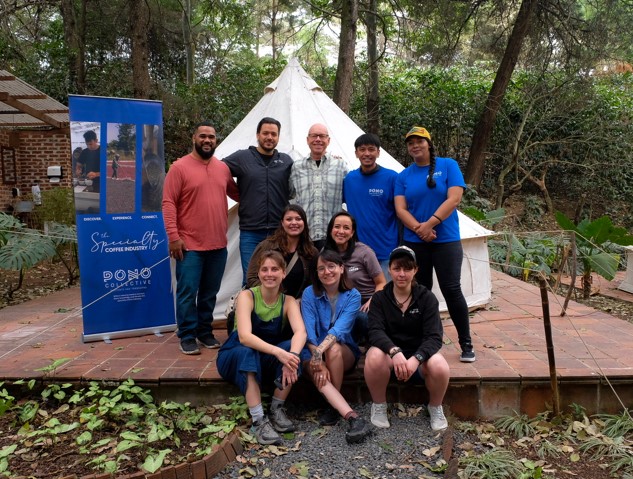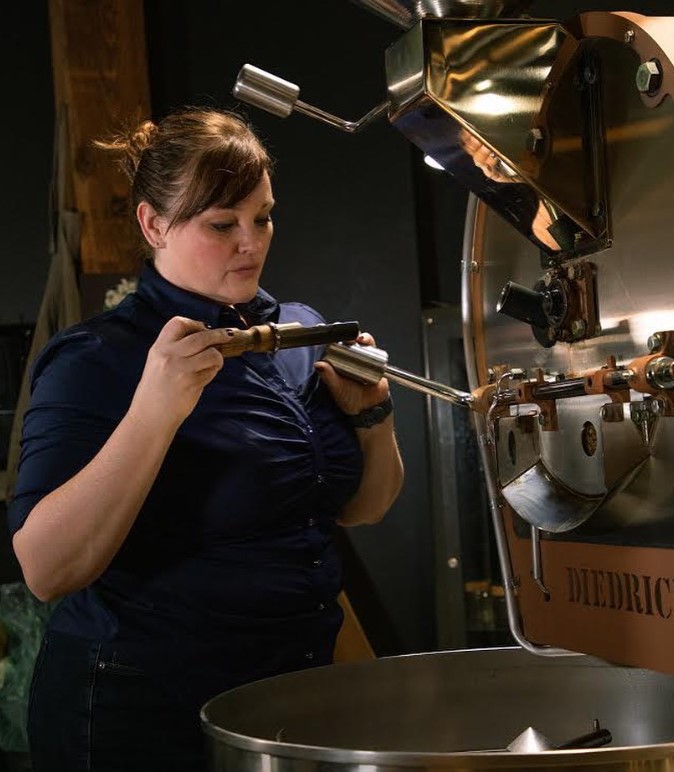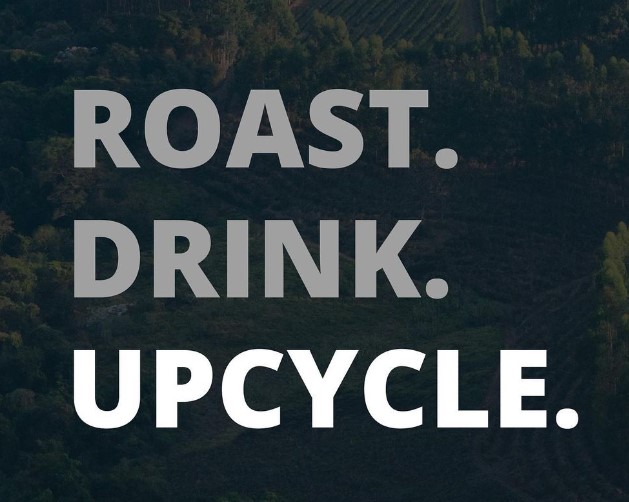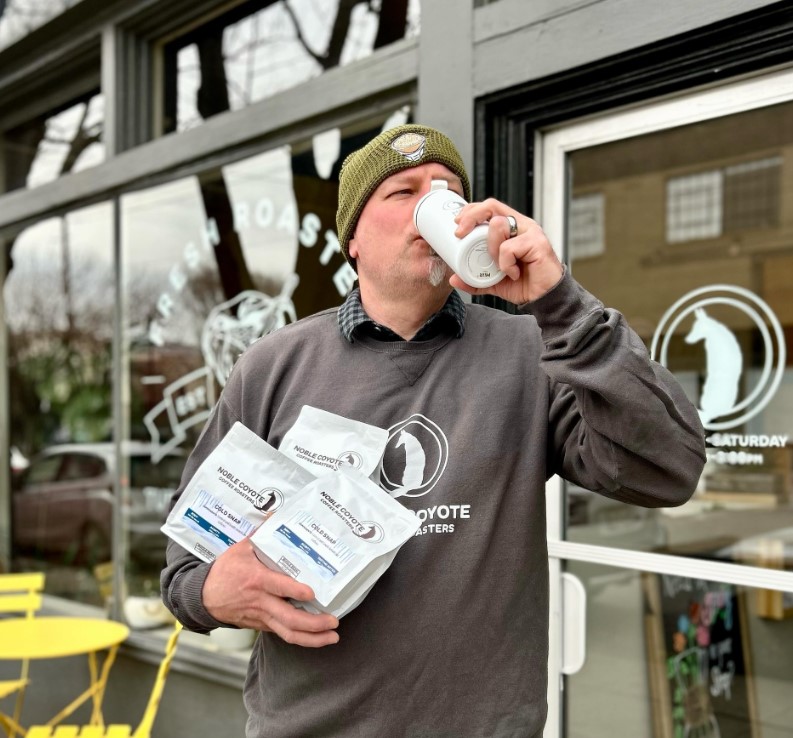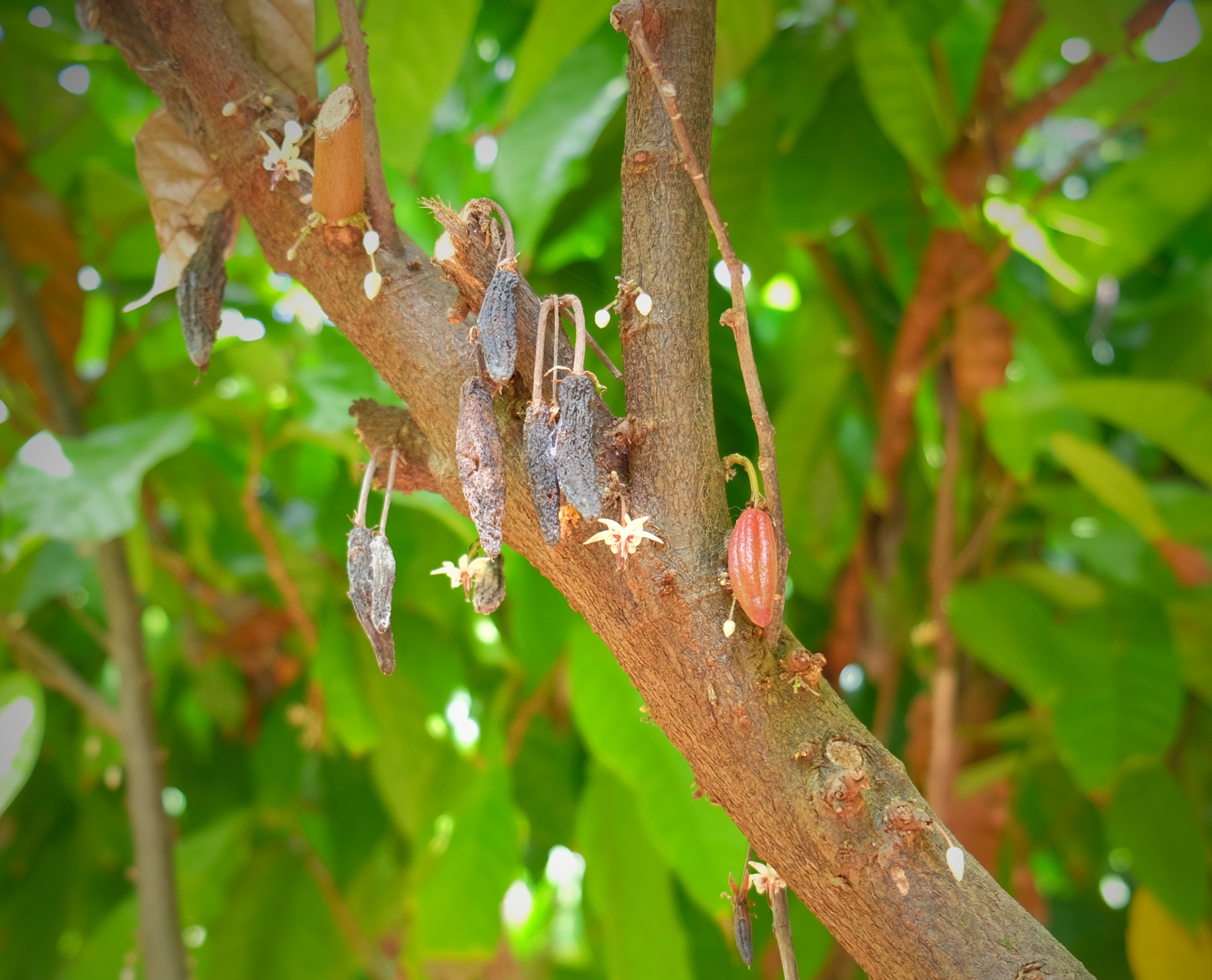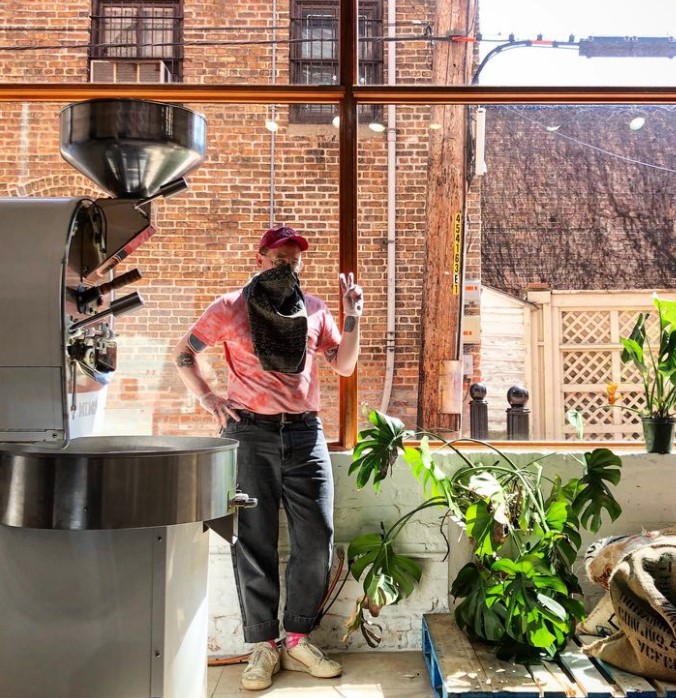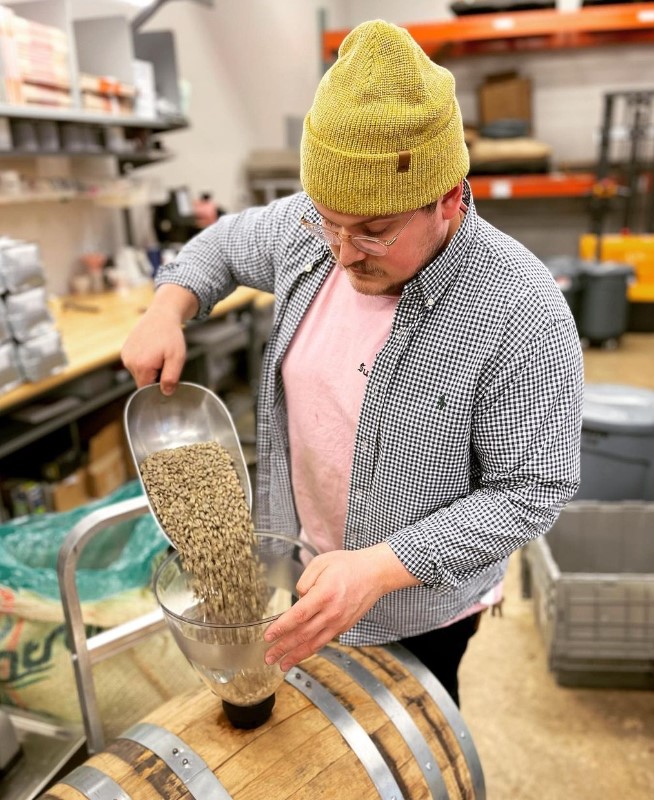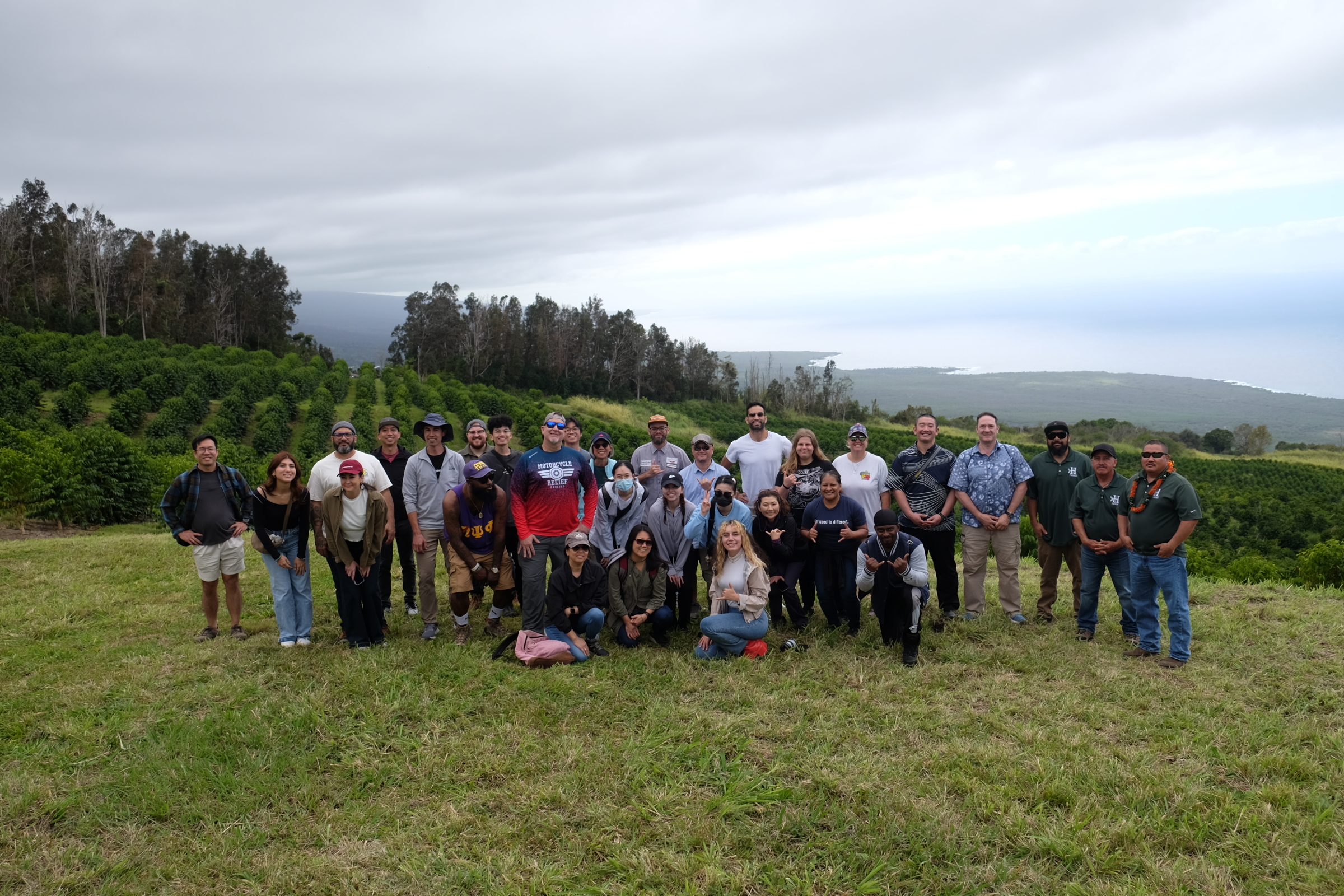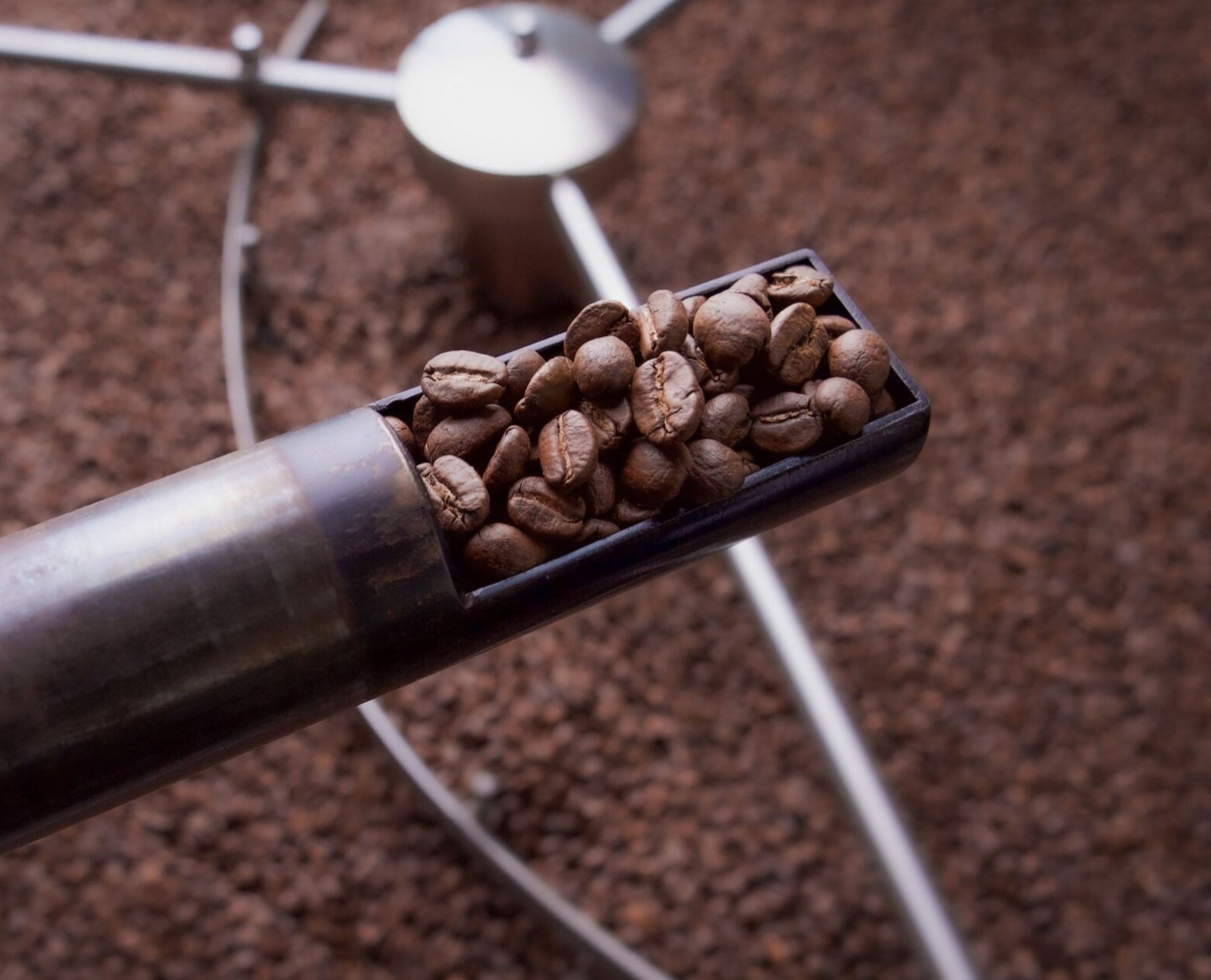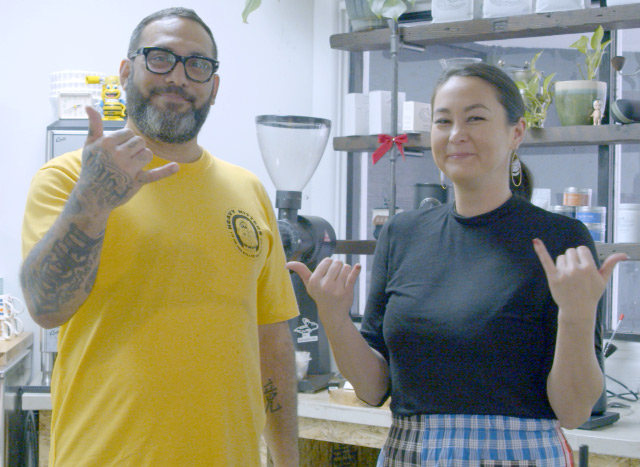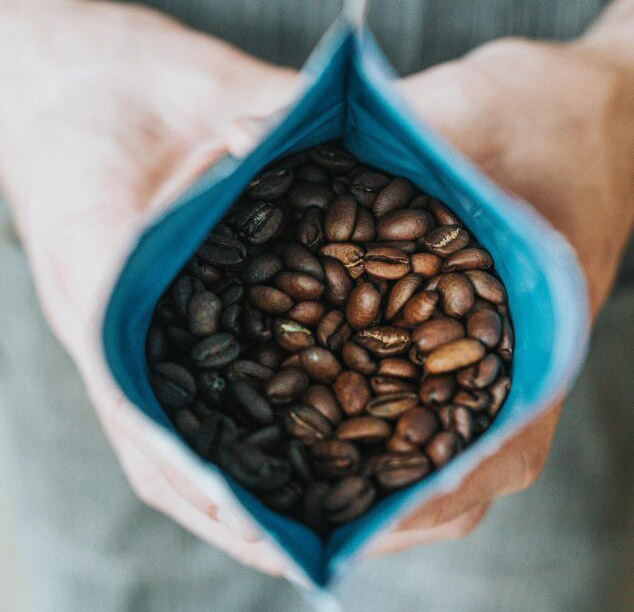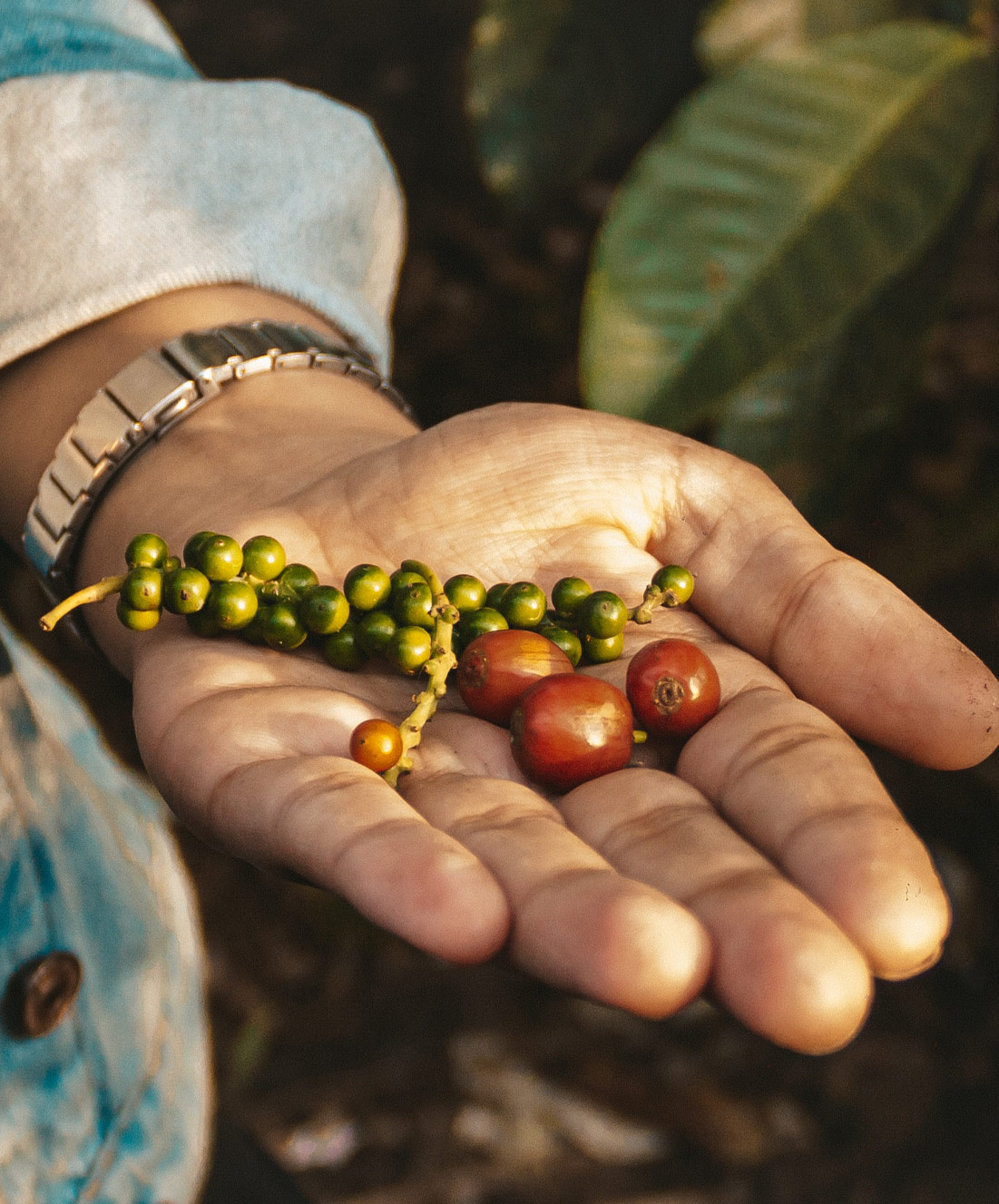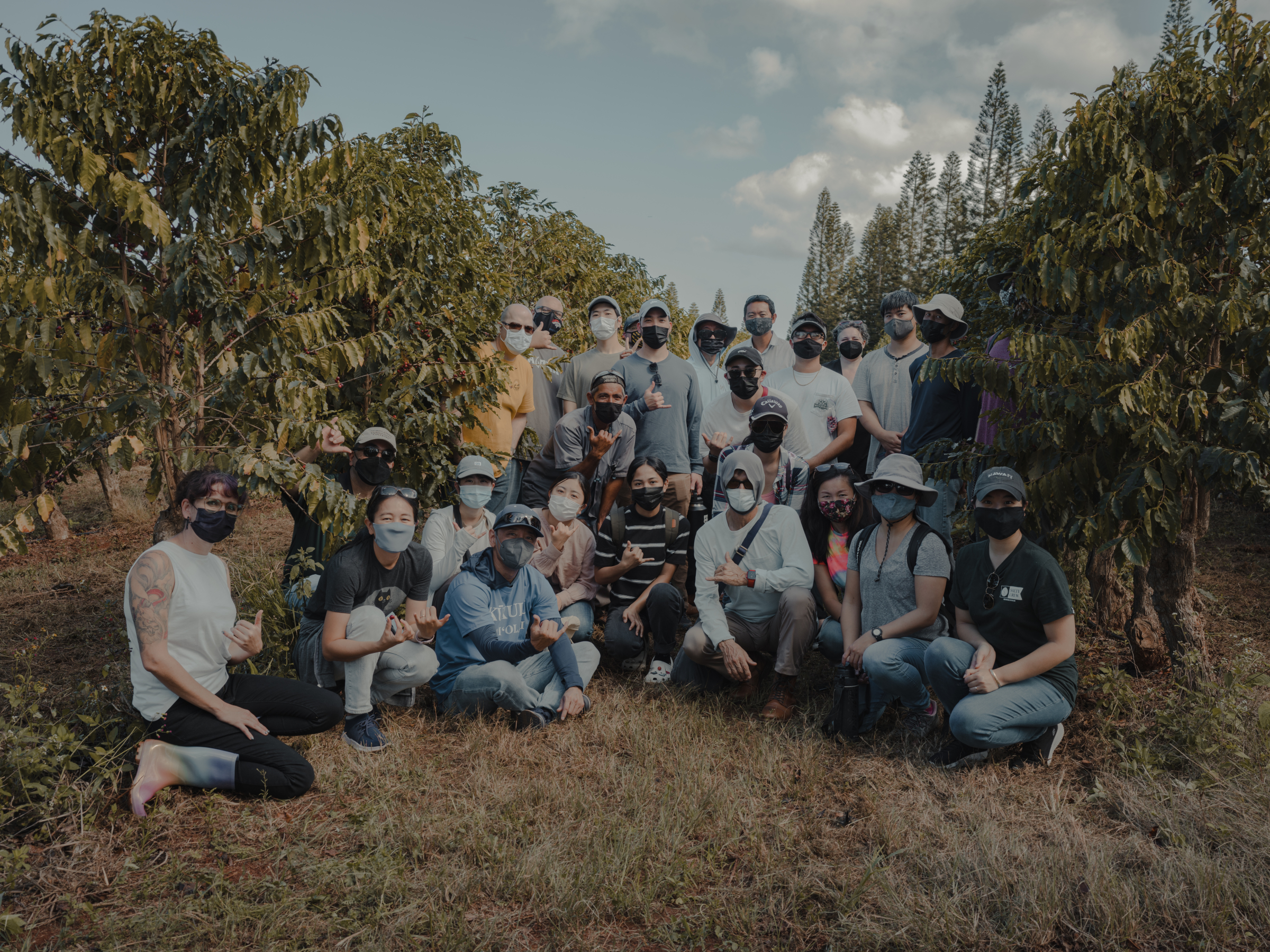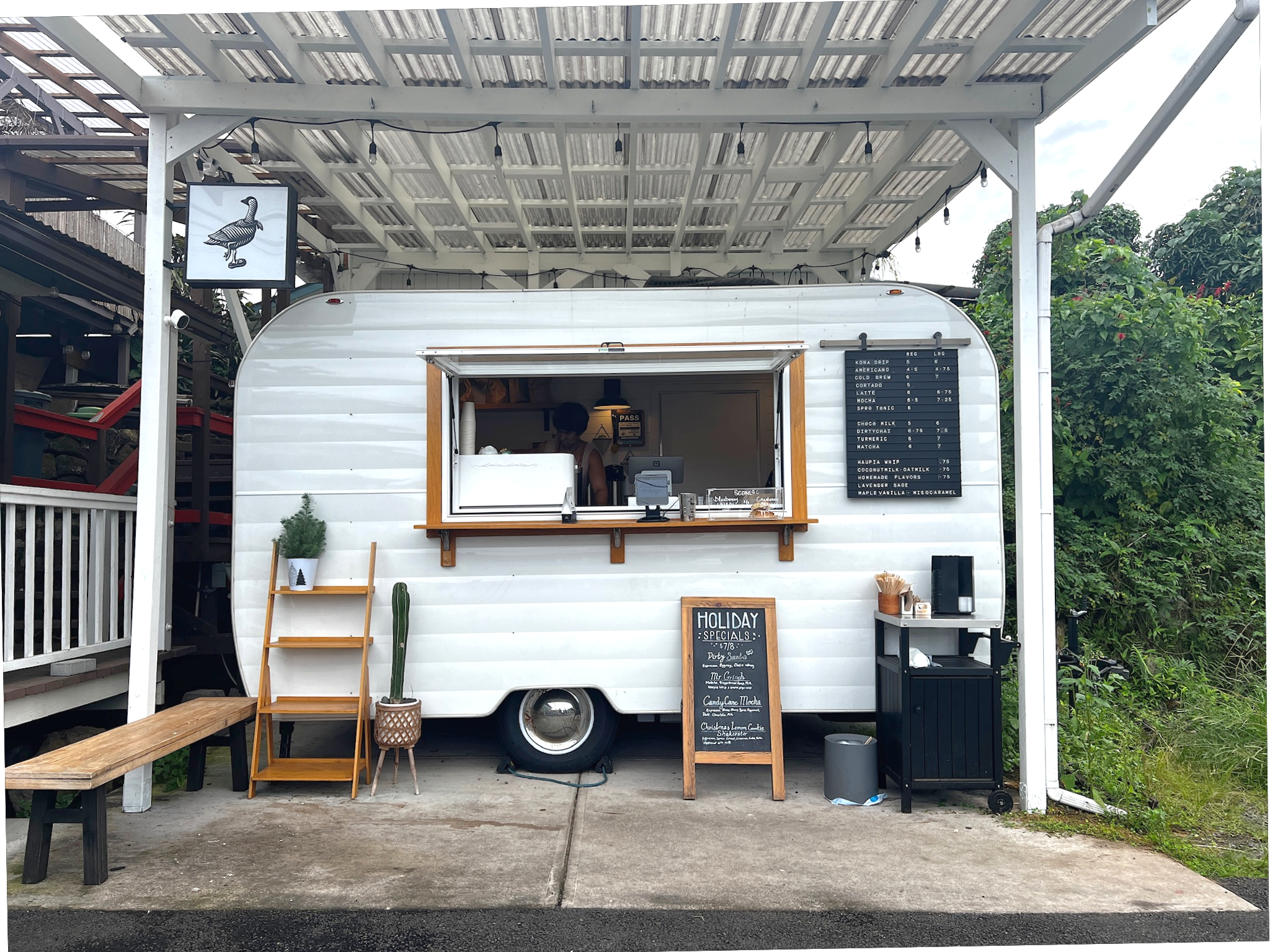- Home/
- Industry News/
- What 2025 Climate Change Means for the Future of Your Coffee/
What 2025 Climate Change Means for the Future of Your Coffee
April 21, 2025
Savor Brands

The Reality: Coffee Can’t Outrun the Weather
Coffee farmers are already seeing the effects of climate change firsthand. Heatwaves, droughts, and unpredictable rain have made it harder to grow high-quality beans. Climate and weather patterns that farmers used to depend on are now unstable—and in many cases, trending in the wrong direction. Meteorology in agriculture—known as agrometeorology—uses weather and climate data to help crops thrive. It’s a powerful tool in the fight against climate threats. But many in the coffee world haven’t caught on to how essential this science is becoming.2023–2024: A Snapshot of Trouble
Over the past two years, global data has shown clear signals:- Temperatures are spiking beyond historical norms in key growing areas.
- Rainfall is shifting, with some regions seeing too much, others too little.
- Danger thresholds—temperature or drought conditions that harm coffee plants—are being crossed more frequently.
Looking Ahead: The Next 5–10 Years of Coffee Weather
We’re heading into a time when “normal” weather may no longer exist. Expect to see:- More extreme weather events—heat spikes, flash floods, sudden dry spells.
- Increased unpredictability, making it harder for farmers to plan.
- Long-term shifts in growing seasons, which could alter the calendar for planting and harvesting.
What Farmers Can Do Now
The challenges are real, but there are still steps growers can take to reduce risk. Practical ways to adapt:- Planting more climate-resilient coffee varieties
- Using shade trees to reduce heat stress
- Improving soil health and water retention
- Installing early warning systems using weather data
- Exploring agrometeorological support tools
Where Coffee Might Grow Next
Some current coffee hotspots may become less reliable in the years ahead, especially at lower altitudes or in already-hot regions. At the same time, higher-elevation zones and some previously cooler regions could become more suitable for growing coffee. This shift could:- Open up new frontiers for coffee farming
- Force changes in global supply chains
- Challenge traditional coffee-producing countries
 Contact Our Team!
Contact Our Team!
Why Us?
Other Blogs of Interest
2/3 - Shared Grounds: Building Fair Trade Relationships That Strengthen the Coffee Chain
Say Hi to Savor Brands at SCA Expo Booth #1231
1/3 - Uniendo la Cadena del Café: Cómo Savor Brands Conecta a Agricultores y Tostadores
1/3 - Bridging the Coffee Chain: How Savor Brands Connects Farmers and Roasters
How to Pack Your Coffee Bags for Shipping
Shipping your coffee bags and ensuring it arrives to your customer is just as important as roasting and packaging. Coffee bags bursting during transit can hurt your brand's reputation and also affect your revenue and overheard. Here's some quick tips to avoid your coffee bags from bursting in transit. Start by ensuring your coffee has rested an adequate period as bagging your coffee right away can cause more pressure to build. When fulfilling your customer's order, make sure the coffee bag(s) are packed snuggly to reduce unnecessary movement and that the degassing valves are not blocked as it will hinder the coffee's degassing and more likely to cause your coffee bags to burst.
Cómo Copper Door Coffee Está Convirtiendo Residuos en Bloques de Construcción
Earth Is Calling-Will You Pick Up?
Heart Roasters está preparando movimientos audaces por el planeta
Limitierte Kaffee-Edition: Das Geheimnis, um Kunden dauerhaft zu begeistern
Savor Brands' Custom Coffee Packaging at 2025 Houston SCA Expo
How to Label Your Coffee Bags
Heart Roasters is Brewing Bold Moves for the Planet
Savor Brands: Los productores detrás del empaque icónico de Metric Coffee
Top 3 Questions to Ask Your Potential Coffee Packaging Manufacturer
¿A los clientes les importa el empaque personalizado del café?
How Copper Door Coffee Is Turning Waste Into Building Blocks
Au service de la durabilité : des emballages café pour une nouvelle génération
Les 3 questions les plus populaires sur l'emballage du café en 2025 – Réponses
Do Customers Care About Custom Coffee Packaging?
Dark Roast Espresso Beans vs. Medium Roast Coffee Beans: What Packaging Should You Use?
Por qué el 3% de Huella de Carbono del Empaque de Café Sigue Siendo Importante
Does Your Coffee Packaging Actually Work? Shelf Life Explained
Este Mes de la Tierra, No Te Conformes—Elige lo Sostenible y Protege tu Producto
5 Most Frequently Asked Coffee Packaging Questions on ChatGPT
La toute dernière innovation en matière d’emballage de luxe pour le café : Pono Luxx
Explorando los Tipos Esenciales de Bolsas para Café: Encontrando la Opción Ideal para tus Granos
Which is Better for Matcha: Tins or Pouches?
As matcha's popularity continues to rise, preserving its quality is more important than ever. While tins and pouches both offer solid protection, the most effective solution is a combination of both. Storing pouches inside tins provides optimal protection against oxygen, light, and moisture, preventing degradation and ensuring your matcha stays fresh for longer.
De la Finca al Foro: El Próximo Capítulo del Café con Pono Collective
From the Farm to the Forum: Coffee’s Next Chapter with Pono Collective
This Earth Month, Don’t Settle—Go Sustainable and Protect Your Product
Tea Like You've Never Seen It: Pulled Through an Espresso Machine!
Where Does Your Coffee Bag Go? The Reality of Packaging Waste
Pono Collective 2025: Avanzando la Educación en Café, Gastronomía y Hospitalidad
Comment le Design des Sacs de Café Évolue pour un Futur Durable
Édition Limitée de Café : Le Secret pour Fidéliser les Clients
When Should a Business Upgrade to Custom Coffee Packaging?
Key signs of when you should upgrade to custom branded coffee bags is when there is an increase in sales volume and/or you are looking to expand into retail and wholesale markets. These two milestones are a great indicator of when you should start switching over to more custom packaging as it allows for stronger brand identity and increased product presentation. Savor Brands offers order quantities as low as 2,000pcs per SKU and use of unlimited colors. Custom packaging creates brand loyalty, attract new customers, and ultimately helps scale your business even more.
Descubriendo el Impacto Verde: La Producción de Café Orgánico en Perú
Sagro Farms x Savor Brands: Una visión cafetera hecha realidad
DoubleShot Coffee App Delivers: From Launch to Game-Changer
Sagro Farms x Savor Brands: A Coffee Vision Made Real
What to Look for in Matcha Powder Packaging
When looking for matcha packaging, it is important to keep in mind the level of protection matcha powder requires as it is prone to quality degradation when exposed to oxygen, moisture, and light (similar to coffee). If you are looking for a cost and space saving solution for your matcha, our aluminum barrier based packaging with resealable zipper closures are an excellent option. Not only does an aluminum based packaging protect your matcha powder from quality degradation but it opens up a whole new avenue for branding and creating attractive eye-catching packaging to potential buyers. Contact our team today to learn how you can upgrade your matcha powder packaging.
Del campo al futuro: cómo Savor Brands y DTRC Coffee están elevando el café latinoamericano
El Crecimiento Culinario Comienza con el Café: Dentro de la Misión de Pono Collective
From Farm to Future: How Savor Brands and DTRC Coffee are Elevating Latin American Coffee
Everything You Need To Know About Coffee Packaging
Lanzamiento de Café de Edición Limitada: El Secreto para Mantener a los Clientes Enganchados
De Honduras a Georgia: El Viaje de Comercio Justo Directo de Alma Coffee con Empaque de Primera Calidad
Honduras to Georgia: Alma Coffee's Direct Fair Trade Journey with Premium Packaging
The Ultimate Coffee Subscription App: Flexibility & Customization for Cafes
Limited Edition Coffee Release: The Secret to Keeping Customers Hooked
Globale Expertise in der Kaffeeverpackung – Maßgeschneidert für deutsche Marken
Benefits of Coffee Packaging and White Labeling
White labeling coffee services can be beneficial for your business as it allows you to offer to your customers high-quality roasted coffee under your own brand. By utilizing white labeling services, you can sell deliciously roasted coffee without having the need to roast and package the coffee yourself or purchase expensive roasting equipment. This saves you time and allows you to better utilize your resources to drive sales and build your brand. White labeling is a cost-effective way to scale your business until you're ready to take on the challenge of roasting your own coffee.
Pono Collective 2025: Advancing Coffee, Culinary, and Hospitality Education
Pono Bagsでコーヒーパッケージ業界をリード
Bolsas de Café de Marca Blanca: Un Cambio de Juego para Tu Marca
How Coffee Bag Design is Evolving for a Sustainable Future
Expertise Mondiale en Emballage de Café Adaptée aux Marques Internationales
4 Common Custom Food Packaging Questions, Answered
Bisou’s Big Coffee Order—And the Unexpected Plot Twist!
Houston to Host the 2025 National Coffee Association Convention
Perú San Ignacio: Donde la Tradición se Encuentra con la Sostenibilidad en Cada Sorbo
Peru San Ignacio: Where Tradition Meets Sustainability in Every Sip
الحلول العالمية لتعبئة القهوة للشركات في الأسواق الناطقة بالعربية
How Tariffs Will Affect Coffee Packaging Cost
President Trump's tariffs will undoubtedly increase the cost of not just coffee beans but also coffee packaging. In today's market, any price increase can have a negative impact on a small business. With the increased cost of packaging materials, us here at Savor Brands is devoted in ensuring you're getting the best price possible for quality coffee packaging that protects your coffee beans (and profits!). Getting custom packaging has never been easier! With our own Logistics Team, we cut out the cost of third-party importers and you'll never have to worry on the status of your order as you will work directly with the Savor Brands team. Contact our team to learn on how we can help you navigate custom coffee packaging and USA Tariffs.
Global Coffee Packaging Expertise Tailored for Canadian Brands
How To Determine The Right Coffee Bag Dimensions
No Puppaccino? No Problem! Bisou Places Her Own Order at Drip Studio
Simplify, Streamline, Succeed: The Power of a Unified Mobile Business App
Oahu Coffee Workshop (April 3rd) Coffee Cupping with Marc
Compete Like the Big Guys: The Power of White-Label Mobile Apps for Small Businesses
Las 3 Preguntas Más Populares Sobre Empaque de Café en 2025, Respondidas
Pioneros en la Industria del Empaque de Café con Pono Bags
Pressing Forward: The Coffee Industry’s Shift to Smarter Packaging & Ordering
Whole Bean vs. Ground Coffee: The Packaging Debate
2025's 3 Most Popular Coffee Packaging Questions Answered
Pioneering the Coffee Packaging Industry with Pono Bags
Por qué el embalaje de café transparente con EVOH será la opción más moderna de 2025
Embalaje Personalizado: ¿Bolsas de Café Impresas en Rotograbado o Digital?
Why EVOH Clear Coffee Packaging Is Set to Be 2025’s Trendiest Choice
Marc’s Mystery Valentine: A Sweet Surprise at Savor Brands!
Espresso Your Love with Coffee Labs' Valentine’s Day Treats
Sirviendo a Sudamérica con Empaques de Café de Calidad desde El Salvador
Serving South America with Quality Coffee Packaging from El Salvador
Create a Custom One of a Kind Experience Through Your Coffee Packaging
مشهد القهوة المتخصصة في دبي: تفضيلات المستهلكين وكيف يمكننا المساعدة
Dubai’s Specialty Coffee Scene: Consumer Preferences & How We Can Help
ترتيب عرض أكياس قهوة ميملي: عزّز المبيعات من خلال وضع المنتجات بذكاء
6 Pasos Fáciles Para Impulsar Tu Empaque De Café Con Estilo Personalizado
Eco-Friendly Coffee Packaging: Defending Against Degradation
Honolulu Speaks: Coffee Packaging Preferences from the Streets
White Label Coffee Bags: A Game-Changer for Your Brand
فن السرد في تغليف القهوة: المزارعون، الحبوب، والأكواب
Elevate Your Coffee Knowledge at Savor Brands' SCA-Certified Campus!
Mini Guide: The Secret to Creating Loyal Customers in your Café and Roastery
Visit the Coffee Shop, Voted Best Hawaiian Coffee
Year of You: From Bean to Screen: Capturing Your Coffee’s Story on Social Media
Master the Art of Coffee Tasting: Oahu’s Ultimate Sensory Workshop
Year of You: Boost Loyalty and Revenue with Monthly Subscription Apps
Smell, Savor, and Learn: The Art of Coffee Aromas Awaits You
Las Joyas del Café de Costa Rica: 10 Tostadores que Ofrecen Excelencia en Cada Bolsa
Costa Rica’s Coffee Gems: 10 Roasters Delivering Excellence in Every Bag
El Arte de Contar Historias en el Embalaje del Café: Agricultores, Granos y Tazas
The Art of Storytelling in Coffee Packaging: Farmers, Beans, and Cups
Behind the Beans: A Day Touring Big Island’s Coffee Scene
Saboreando Costa Rica: La historia detrás del café Tarrazú de Ghost Town
Savoring Costa Rica: The Story Behind Ghost Town’s Tarrazú Coffee
Boost Coffee Bag Sales with Search Engine Optimization (SEO)
Different Packaging and Material Types to Create an Unique Unboxing Experience
Your 2025 Guide to Cacao Nib Packaging Trends
Merchandising de Bolsas de Café Memli: Impulsa las Ventas con una Colocación Inteligente del Producto
Memli Coffee Bag Merchandising: Boost Sales with Smart Product Placement
Comenzando el 2025 Kona Strong: Un Viaje Lleno de Sabor con Aloha Star Coffee
De la Granja a la Mesa: El Papel de Savor Brands en el Camino del Café a Tu Hogar
Starting 2025 Kona Strong: A Flavorful Journey with Aloha Star Coffee
Packaging Partner Highlight: Selah Coffee (TX)
Farm to Table: Savor Brands Role in Coffee’s Path to Your Home
Hawaii Packaging Partner Highlight: Kahuku Farms
Seus Objetivos, Nossa Expertise: 2025 é o Ano de Você
Upcoming Event: 2025 Fancy Food Show in Las Vegas
7 Resoluciones Ecológicas para un 2025 Sostenible
Low Minimum Digitally Printed Coffee Packaging Will Be The Trend for 2025
Your Year, Your Impact: Sustainability with Savor Brands
Your Goals, Our Expertise: 2025 Is the Year of You
7 Eco-Friendly Resolutions for a Sustainable 2025
Autumn Bliss in a Cup: Meet Flannel Season by PT's Coffee
Honduras se encuentra con Nicaragua en el favorito estacional de Ferris Coffee
Honduras Meets Nicaragua in Ferris Coffee’s Seasonal Favorite
El regalo perfecto para las fiestas: la mezcla de café OZO en un encantador paquete
The Perfect Holiday Gift: OZO Coffee’s Blend in a Charming Package
Inside the Bag: How Savor Brands Revolutionized Coffee Packaging
The Gift of Packaging: Why Beautiful Coffee Bags Matter This Christmas
The Secret Behind OZO Ethiopia: Why Single-Origin Coffee Shines
2025 Trends for Hawaii's Businesses: Customized Boxes and Belly Bands
De la Finca a la Taza: La Historia Detrás de Hacienda La Papaya en Ecuador con Corvus Coffee
From Farm to Cup: The Story Behind Corvus Coffee’s Hacienda La Papaya
Elevando la Herencia Cafetalera de El Salvador con Alpen Sierra y Savor Brands
Elevating Excellence: Alpen Sierra’s New Coffee and Packaging Innovations
Should I Get Custom Box Packaging in 2025?
Custom boxes are shaping up to be a major trend for 2025, offering coffee companies an opportunity to elevate their customer experience and expand their branding reach. With generous space for branding, these boxes work beautifully with the popular EVOH packaging (clear, frosted, and see-through packaging). By pairing the two together, it creates a cohesive and memorable look (think Metric Coffee). Savor Brands makes it easy to refresh your packaging with low MOQs for custom box designs tailored to your needs.
Explore Savor Brands' Selection of Custom Coffee Packaging Options to Elevate Your Brand
How to Determine Best Coffee Bag Silhouette?
Finalizing your coffee bag dimensions can be complicated but with careful planning, you can simplify the process and future-proof your packaging.
- Choose the Right Bag Style: Select a bag style that fits your business needs, considering price, production efficiency, and retail appeal. If you're unsure, the Savor Brands team is ready to assist. - Conduct Thorough Fill Tests: Test your packaging with your largest and darkest roast coffee beans. If you plan to offer larger bean varieties down the line, adjust your bag dimensions now to ensure they accommodate future needs.
Sip the Season: 5 Must-Try Christmas Coffee Specials
T-Shape Pouches are Great Additions to Coffee Shops and Cafes
Searching for a bag style that combines standout shelf presence, easy handling, and a familiar feel? The T-Shape Pouch is a perfect choice for snack and food products, making it ideal for coffee shops looking to expand their product offerings.
Savor Brands Featured in SCA 25: How Colors Shape the Coffee Experience
Por qué el clima de Ecuador es el sueño de los amantes del café
Why are Squatty Retail Box Bottom Coffee Bags Trending?
The squatty box bottom bag has gained popularity for its versatility, making it ideal for coffee beans as well as additional complementary products you may want to sell at your cafe or shop. With five full panels to print on, this bag style gives you complete control over every facet of the bag design, allowing you to give your customer, the full brand experience.
Side Gusset V-Cut Coffee Bags: Sleek Design and Reliable Packaging
This classic bag style, features the option of a full wrap-around design perfect for showcasing bold branding. The V-cut bottom ensures the packaging stands upright on shelves, enhancing presentation and practicality. The Side Gusset V-Cut bag is an affordable option that can be elevated with custom labels or belly bands for a unique and sleek design.
Tri-Seal Pouches are the Ideal Sample Coffee Bag
Small but mighty, this bag is designed for the ultimate protection and freshness of your products. Perfect sample size packaging for many products such as coffee, teas, cookies, and more! Tri-seal pouches come in different sizes - contact our team today for your very own custom sample kit.
Eco-Friendly Coffee Packaging: A Smart Investment or Marketing Gimmick?
Coffee Effective Quad Seal V-Cut Bag Style
This bag style offers a cost-effective way to achieve the box bottom aesthetic while maximizing shelf space and enhancing product display. It's an excellent choice for packaging coffee beans, cookies, and other food items, providing both functionality and a polished appearance.
Café Libre de Deforestación: El Audaz Paso de Ecuador hacia la Sostenibilidad
Benefits of the Stand Up Pouch Bags for Coffee
Stand Up Pouches are a great starting option when you're first getting started on your custom packaging journey. These bag styles offer a wide design area, sturdy base, and a convenient resealable closure. This bag style is not only ideal for coffee but great for complementary items such as cookies, baked goods, and treats.
Savor Brands: The Producers Behind Metric Coffee’s Iconic Packaging
Rebrand Your Coffee Bags For The New 2025 Year
With the holidays around the corner, it’s the perfect time to start planning your branding for 2025. Whether you need small or large-volume orders, Savor Brands has you covered! With lead times of just 5-7 weeks for digital printing and 9-11 weeks for rotogravure, we’re here to bring your custom packaging vision to life in the new year.
Your Guide to Coffee Bag Labels: Types, Applicators, and More
What is a Custom Packaging Dieline and How Do I Get It?
A dieline also known as a template is an adobe illustrator file that is provided to you once your bag specs have been confirmed and this file can be shared to your designer to begin the design process. Our team will be the one to send you this dieline when your project is at the design step. Have more questions? You can ask our team here!
Explorando los Tipos Esenciales de Bolsas de Café: Encuentra la Opción Perfecta para tus Granos
What are coffee bean bags called?
Brewing Change: What is the environmental impact of coffee processing?
Why Choose The Quad Seal Box Bottom Bag Style For Custom Packaging?
When it comes to custom packaging, the Quad Seal Box Bottom (Flat Bottom) bag style is the most trendy, efficient, and stable out there. This pouch is great for ensuring your product stays up right and perfect for premium products such as coffee, candies, baked goods, and etc. Interested in getting a sample of this bag? Contact our team for your custom tailored sample pack!
Rotogravure Printing for Coffee Bags: Premium Quality and Customization
Savor Brands offers some of the lowest minimum order quantities for rotogravure-printed coffee bags using copper cylinder plates at just 10,000pcs minimum. These plates deliver exceptional print quality, and best showcasing your design. Work with our team to fully customize the dimensions of your bag to meet your exact needs.
Why Coffee Packaging’s 3% Carbon Footprint Still Matters
Getting Custom Coffee Bags Have Never Been Easier with Savor Brands
With over 20 years of experience, Savor Brands has simplified the process of creating custom coffee bags. We offer two distinct printing methods (for small and large order quantities) and a wide range of bag styles, material finishes, and much more customizable options to suit each brand's unique needs. With a dedicated Client Service team at your disposal, we’ll collaborate with you every step of the way to bring to life your dream coffee bag.
Bonbon Bliss: What Goes Into Packaging These Sweet Treats
The Latest in Hawaii Food Product Packaging Solutions
Ready to refresh your packaging design? Savor Brands is the go-to! We offer a huge selection of packaging styles, sizes, and materials tailored for our local Hawaii customers. From belly bands to custom boxes, we provide innovative solutions to help your brand stay ahead of the latest packaging trends. Give us a call or stop by our office for a packaging consultation!
Exploring the Essential Coffee Bag Types: Finding the Right Fit for Your Beans
Reconstruyendo Raíces: Un Viaje al Futuro de Puerto Rico
Sembrando Esperanza: Cómo los Caficultores Puertorriqueños Superan los Impactos de Ernesto
Custom Labels Can Enhance Your Current Coffee Packaging Look
Did you know that custom labels are one of the cheapest and most cost effective option to enhancing your coffee packaging aesthetic? Change up your design easily with different label sizes, finishes, and even shapes! Need a place to start? Reach out to our team for a curated list of label company recommendations!
What Kind of Coffee Packaging Samples Should You Request For?
When exploring custom coffee packaging options, make sure to review each company’s catalog to select specific samples that you find aesthetic and fit your needs. By requesting specific samples, you're ensuring your sample pack is custom tailored to your exact taste for evaluation and fill testing! Have questions about Savor Brands' different packaging options? Give us a call!
Hawaii's Food Journey From Farm to Table
Get Your Very Own Custom Mobile Coffee App for the Holiday Season
Did you know Savor Brands offers a fully custom mobile app? Boost your coffee business this holiday season with a custom mobile app. Offer convenient online ordering, loyalty rewards, and personalized deals to engage your customers and grow your brand. Sign up for a demo with us today!
Cyber Monday Coffee Bonanza: Sip, Save, and Celebrate!
Experiencia Educativa de Café del Colectivo Pono 2024: El Salvador y Guatemala
Upgrade Your Coffee Packaging With This Simple Trick
Thinking about upgrading your coffee packaging but still have a large stock of your current bags? Custom boxes are a quick and effective way to refresh your look while using up your existing bag inventory. Savor Brands offers custom box minimums as low as 1,000pcs! Check out our box guide here.
Why Coffee Companies Are Rebranding with Clear and Frosted Packaging: A Growing Trend Explained
Cómo llegó el café a El Salvador y dio forma a su cultura
Savor Brands Delivers Stylish Transparent and Frosted Coffee Packaging Solutions
Savor Brands offers the trending EVOH material for transparent clear and frosted coffee packaging. Whether you're creating custom packaging for the first time or looking at rebranding, EVOH is a great choice to elevate your packaging and standout from the competition. Contact our team to learn more and to receive EVOH samples.
Join the Decaf Revolution: Coffee Tasting Kits from Top Roasters
Digital Printing Makes Rebranding Your Coffee Packaging Easy As Can Be!
Looking to revitalize your branding but not sure if you want to commit to a large volume order just yet? Savor Brands' DIGITAL print process is an excellent option with it's low minimums and fast lead times. It makes it easy to test out different aesthetics before a large volume order commitment. Have questions? Reach out to our team to learn more!
Why Coffee Percolates as a Black Friday Bestseller
De la Cosecha al Sabor: El Papel del Empaque en el Café Salvadoreño
How Coffee, Pilgrims, and Native Americans Stirred a New Chapter
5 Frequently Asked Questions When Rebranding Coffee Packaging
La Industria Cafetera de El Salvador Adopta Bitcoin
El Salvador’s Coffee Industry Embraces Bitcoin
Roseline Coffee: A Design Achievement Worth Savoring
Preparando un Futuro Brillante: El Renacimiento del Café en El Salvador
Revitalizing El Salvador's Coffee Sector: Embracing Innovation and Sustainability
Highlight Your Coffee Packaging's Sustainability
If you choose to participate in our R+R Upcycling Program®, make sure to highlight it on your packaging and coffee shop. Get R+R certified and receive use of our R+R Program® assets to showcase your commitment to sustainability.
Why is Fill Testing Coffee Bags Important When Customizing Packaging?
Fill Testing is an important and required step when customizing your coffee packaging. By fill testing, you're ensuring all your different roasts - light or dark, whole bean or ground, fit in your proposed bag style and dimensions. When printing with our ROTOGRAVURE print process, we are able to customize the dimensions and can make adjustments as needed. Need help conducting a fill test? Ask the Savor team for step-by-step instructions.
How To Maximize Your Custom Coffee Packaging
Get the most out of your coffee packaging when customizing your dimensions to fit multiple net weights. We've seen clients create custom packaging for 8-10oz, 10-12oz, and 12-16oz. If this is an option you're interested in exploring, ask our team for more info!
Stock Coffee Bags are a Great Option for New Businesses
Starting a new coffee business and not sure if you want to invest in custom packaging yet? or still working on locking down your brand guidelines? Stock coffee bags are a wonderful option for businesses just starting out! Create beautiful custom labels to get that ultra-customized look. Need some recommendations? Ask the Savor team!
Digital Printing is a Great Packaging Solution for Small Businesses
Digital printing provides flexibility and quick turnarounds for small businesses looking to get into more custom packaging. With a wide range of packaging sizes and styles to select from as well as closures and finishes, Savor Brands makes customizing your own packaging as easy as can be. Got questions? Reach out to our team today!
Revolutionizing Coffee with Plant-Based Packaging: A Sustainable Future
Are "Recyclable" Plastic Claims Trustworthy? US Regulators Demand Transparency
Revelando el Paisaje Cafetalero de Guatemala: Una Actualización Integral
Unveiling Guatemala's Coffee Landscape: A Comprehensive Update on the World's Fourth Largest Arabica Producer
Hawaii Businesses' 5 Most Asked Questions of 2024 For Custom Packaging
Discovering the Green Impact: Peru's Organic Coffee Production
Is Digital Printing More Eco-Friendly for Coffee Bags?
What To Know When Packaging Ground Coffee
Here are two simple tips to keep in mind when selecting packaging for ground coffee. First, ensure the packaging includes a degassing valve designed specifically for ground coffee, which typically features a mesh filter. Second, remember that ground coffee and whole beans have different volume requirements. If you plan to use the same packaging for both, conduct a fill test using your largest whole-bean roast to optimize on your packaging.
Is Custom Coffee Packaging Worth The Investment?
Are you growing your business from hobby roasting or farmers' markets to wholesaling, or planning to open your first brick-and-mortar store? Custom coffee packaging could be your next big move. Branded packaging not only enhances your brand recognition but also helps build a loyal customer base by helping your coffee stand out from the competition and in turn increasing your revenue. Got questions? Ask our team!
How Much Does Custom Coffee Packaging Cost?
Many factors influence the cost of your coffee packaging, including bag style, material, closure type, and dimensions. If you're unsure which options are right for your needs, our team is ready to assist! Ask about the most popular or budget-friendly choices, and we’ll collaborate with you to select packaging that meets both your current and future business goals.
PONO Luxx: Embossing on Coffee Packaging
Embossing is now available! Embossing is a great way to add another dimension to your coffee packaging design. Want to know more or receive a PONO Luxx sample? Get in touch with our team!
Prepare-se para a Cafexpo 2025: a Revolução da Indústria do Café em Honduras!
How to Strategically Position the Pull Tab Zipper Closure on Your Box Bottom Packaging
At Savor Brands, we offer the flexibility to position your pull-tab zipper closure on either the front or back panel of your packaging, within our specified minimums. To maximize usable volume, we recommend placing the zipper at the minimum height allowed.
Easy Way to Upgrade Your Coffee Packaging THIS Holiday Season
With low minimums and a wide array of customizations available, boxes are a great option for those looking for customized holiday packaging. Got questions? Reach out to our team to learn more!
¡Prepárate para Cafexpo 2025: La Revolución de la Industria del Café en Honduras!
Enhance Your Packaging with New Premium Finishes
Looking for an easy way to change up your packaging? Switch your packaging material to a premium finish that adds texture and a tactile finish. Premium finishes include: Soft Touch, Haptic Matte (Rough Touch), Kraft, and Embossing.
Get Ready for Cafexpo 2025: Honduras' Coffee Industry Revolution!
How to Create a QR Code for Your Custom Coffee Packaging
Looking to add your very own custom QR Code to your coffee packaging bag design? Check out Adobe's free QR Code generator here!
Samples are an Important First Step to Custom Packaging
The very first step in your journey to custom packaging is to receive samples. Why? By receiving samples, you're reviewing actual printed packaging in its' final form. You get a good idea of the different finishes that is offered and what type of bag style, finish, and closure would be best suited for your business. Request a sample pack from the Savor Brands team here.
La impresión digital personalizada de envases de café con un mínimo bajo es ideal para las fiestas.
コーヒーブランドに最適な色は何ですか?
Exciting Innovation in Recycling: HydroBlox’s Revolutionary Use of 100% Recycled Multilayer Film Waste
Tutto quello che devi sapere sulle bustine con sigillo quad, fondo a blocco e fondo piatto
カスタムコーヒーパッケージの影響:Metric Coffee(イリノイ州)
Tech Meets Tradition: Revolutionizing Coffee Farming through Genetic Research
Come Verificare se il Tuo Imballaggio per Caffè Ha una Barriera in Alluminio
Non sei sicuro se il tuo imballaggio per caffè è in alluminio o meno? Effettua un test con la luce. La luce passerà attraverso se non è in alluminio. ESPOSIZIONE ALLA LUCE: L’esposizione alla luce UV è un’altra delle principali cause del deterioramento della qualità del caffè e dello sviluppo di sapori indesiderati. Sebbene il METPET offra una certa protezione dalla luce, non è altrettanto efficace come l’alluminio. Il materiale in alluminio è paragonabile a una lattina di metallo in termini di capacità di preservare il prodotto e proteggere dalla luce UV.
The Rise of Sustainable Coffee Packaging in Australia: Trends and Innovations
Mudhouse Specialty Coffee Roasters Launches New Coffee Bags
Australia’s Love Affair with Coffee: Now the Nation’s Most Popular Beverage
Plan for Your Business's Scalability with New Custom Packaging
Design your custom packaging with future scalability in mind. Finalize logos and artwork to strengthen your brand’s visual appeal and ensure consistent branding, which will help streamline costs over time.
A Celebration Brewing in Hawaii: Kona Coffee Cultural Festival 2024
What are the Two Most Cost Effective Packaging Material?
Matte Film or a Glossy Finish is the two most cost effective material options we offer at Savor Brands. Matte finishes create a sleek and modern look while gloss finishes allow your colors and design to pop. Both are great options and you should select the material that best fits your branding.
L'Impatto del Packaging Personalizzato per il Caffè con Metric Coffee (IL)
Hawaii Packaging Trends for Coffee, Food, and Snacks
Implement Coffee Packaging Size Variations
Provide a variety of packaging sizes to meet your customers' preferences, from single-serve packs to bulk options. This approach broadens your market reach and appeals to diverse consumer needs.
Il Fondo Globale per la Sostenibilità e la Resilienza del Caffè dell'Organizzazione Internazionale del Caffè: Promuovere un Futuro Migliore per il Caffè
How to Customize Your Cacao Nibs Food Packaging
The International Coffee Organization’s Global Coffee Sustainability and Resilience Fund: Boosting a Better Future for Coffee
La tan necesaria lluvia impulsa las fincas de café en Brasil y Vietnam: un rayo de esperanza en medio de las tormentas
Much-Needed Rainfall Boosts Brazil and Vietnam Coffee Farms: A Silver Lining Amid the Storms
Celebrate National First Responders Day with Free Coffee and Doughnuts at Krispy Kreme!
Exploring the Unique Flavors of Coffee: How Origins and Processing Shape Every Sip
Sail Into a Unique Coffee Experience: The Kailua Bay Coffee Boat in Hawaii
Café et torréfaction de l'Illinois avec les emballages et marques de café les plus cool
Food Packaging: It's a Fashion Show
Vietnam’s Coffee Industry Faces Major Setback with 10% Production Decline: What’s Next for the Market?
3 Perguntas Comuns sobre Embalagens Personalizadas de Café
La razón principal por la que deberías imprimir en digital antes de rotograbado
Spooktacular Sips: The Izza Spooky Blend is Back for a Limited Time!
Battling the Deluge: Mama Mocha’s Coffee Roasters Faces Flooding Challenges Amid Opelika City Delays
How to Implement a Coffee Bag Collect Back Program as a Sustainability Initiative
Does Packaging Have an Impact on Coffee Flavor?
Three Keys Coffee: A Roasting Finalist Crafting More than Just Coffee
أكثر أسئلة تغليف القهوة شيوعًا لعام 2024، تم الإجابة عليها
Suministramos embalaje de cajas personalizadas para las pequeñas empresas de Panamá.
Everything You Need to Know About Quad Seal Box Bottom, Block Bottom, and Flat Bottom Pouches
3 Common Custom Coffee Packaging Questions
2024 Hurricane Season Threatens Coffee Crops: A Year of Uncertainty for Coffee Lovers
What Coffee Packaging Sizes Are Popular with Midwest Coffee Roasters?
Cost-Effective Custom Packaging Solutions for Small Midwest Coffee Roasters
2024's Most Popular Coffee Packaging Questions, Answered
Checkout This Midwestern Coffee Company's Popular Packaging
Double Coffee Roasting: Elevating Flavor and Craftsmanship
How to Call Out Colors When Submitting Custom Packaging Artwork
When submitting your artwork for complimentary proofing with the Savor Brands Pre-Press Team - make sure to include the color breakdowns of your design. For all DIGITAL orders, colors should be formatted in CMYK, while ROTOGRAVURE orders require PANTONE colors. Have questions on how to create a color breakdown? Reach out to the Savor Brands Team!
Make Sure Your Design Has THIS When Submitting Artwork
When submitting artwork to the Savor Brands Pre-Press Team, make sure your design has 3mm bleed on all sides of EVERY panel. Why is this important? When printing at a high velocity, slight shifts in the artwork can occur, and the 3mm bleed ensures that your design remains seamless.
Sump Coffee in Missouri & Tennessee's Unique Textured Coffee Packaging
We Supply Custom Box Packaging for Hawaii's Small Businesses
هل يتغير موقع حزام القهوة؟ كيف تتعامل ستاربكس مع تغير المناخ من خلال مزارع قهوة جديدة؟
Sustainable Packaging: Upcycle Packaging with our R+R® Program
3 Common Mistakes to Avoid When Designing Your Custom Coffee Packaging
Sustainable Coffee Packaging Solutions for Every Stage of Your Business
Creative Custom Coffee Packaging Inspiration
Is the Coffee Belt Shifting? How Starbucks is Tackling Climate Change with New Coffee Farms
Quick and Easy Tips to Start Your Custom Packaging Project
¿Por qué está en tendencia el empaque de café transparente, claro, escarchado y EVOH?
Kona Coffee Industry Faces New Challenges Amidst Law Changes
Did You Catch Chicago's Metric Coffee in the Latest Season of The Bear?
Upgrade Your Chip Packaging's Shelf Appeal with THIS
Upgrade your chip packaging with different bag styles to draw customer attention and standout from the competitors. We offer many different bag styles and material options to help you do so. Contact our team to learn more or to request for samples!
Discover the Smooth Magic of Cold Brew Coffee
Build Your Brand and Increase Sales with Your Own Custom Mobile App
Create your own mobile app to increase sales, customer retention, and build your brand recognition! Reach out to our Savor Live team and schedule a demo today to start creating your own custom mobile app.
The Pros of Having a Custom Mobile Ordering App
2025 US Coffee Championships Regional Locations
Low Minimum Digitally Printed Custom Coffee Packaging is Great for the Holidays
El Impacto del Empaque Personalizado de Café con Metric Coffee
This Bag Style is Not Only Cost Effective But Growing in Popularity
Stand Up Pouches are a great cost effective option for custom packaging. In recent years, we have seen a resurgence of this bag style.
Want Your Packaging to Stand Out? Check Out THIS Material
Ask us about our Haptic Matte Varnish (Rough Touch) material. This new material adds a tactile finish (almost like sand paper) to your packaging and is a more cost effective alternative to a kraft material. Utilize this unique material to stand out from your competitors.
How to Test if Your Coffee Packaging Has an Aluminum Barrier
Unsure if your coffee packaging is aluminum or not? Conduct a light test. The light will shine through if it is not aluminum.
Promote Sustainability with this Easy Step
Include a call to action prompting consumers to upcycle their packaging in an R+R® box.
The Importance of Packaging Samples
Grab samples to ensure the your chosen bag dimensions fit within your shelving and other portions of your café buildout.
Choose the Right Bag Style that Reflects Your Brand
Pick a bag style that matches your design ideas to create memorable and eye-catching packaging that is reflective of your brand.
Pick Packaging That Meets Retail Standards
Use packaging that is compatible with retail requirements if you plan to get into retail shops in the future.
Ensure Optimal Protection with THIS Packaging Barrier
Double check if your coffee packaging is made with an aluminum barrier for optimal protection. Unsure if your packaging has an aluminum barrier? Conduct a light test! If a light shines through, your packaging is not made with an aluminum barrier.
Boost Product Sales with Serving Suggestions
Include serving suggestions on your packaging or labels, and consider adding pairing options with complementary products.
Out of Home Coffee Consumption Back to Pre-Pandemic Levels
Custom Box Packaging for All of Hawaii's Products
Make Sure to Include THIS on Your Custom Pet Food Packaging
Include educational content about pet nutrition or health on the packaging.
What Helps Maintain Pet Food Freshness?
Choose the right packaging barrier and resealable option to keep pet treats fresh.
How to Create a QR Code For Your Coffee and Food Packaging
Check out these helpful sites to generate a QR code to use for your custom coffee and food packaging: Adobe & Canva.
Increase Your Revenue with This Exclusive Feature from Savor Brands
Unlock new revenue streams with Savor Brands' innovative solutions designed to enhance your business. Discover how our Savor Live mobile app platform can help you maximize profits and streamline operations!
Find Mr. Coffee Bags at the Austin Coffee Festival
Say Hi to Savor Brands at Coffee Fest Minneapolis 2024
How to Add a Personal Touch to Your Packaging
Include a personal story about the origin or inspiration behind your product either on the packaging or on a label.
The Perfect Sustainable Packaging Option for Brick and Mortar Locations
Interested in a sustainable and eco-friendly packaging option? Ask us about our upcycling program and its benefits!
Complete Your Holiday Packaging Look With Savor Brands
Leverage our DIGITAL Printing's low MOQ for your seasonal or limited edition packaging. Boost your holiday sales with our custom packaging options, perfect for completing your box sets! From sample packs to 5lb sizes, we have the ideal solution for your products.
This is the Best Packaging for Wet Pet Food
When planning to sell wet pet food, to ensure it's quality in the long-term, make sure to pick a freezer-safe barrier!
Include THIS to Your Packaging to Help Pet Owners
Include a usage guide for pet foods, particularly for new pet owners.
العبوات الشفافة ذات القاعدة المسطحة/صناديق القهوة المخصصة الرائجة
What Packaging Is Best For Shelf Visibility?
Consider packaging that stands upright for better shelf visibility and presence. Incorporate metallic elements to create an eye-catching design.
What to Showcase on Your Packaging?
Highlight any charitable initiatives or community involvement on your packaging via labels.
Why You Should Include a QR Code on Your Packaging
Include a QR code for easy access to additional product information.
The Main Reason Why You Should Print with Digital Prior to Rotogravure
Test different packaging designs with our DIGITAL print process to determine optimal market fit prior to printing with our ROTOGRAVURE print process.
How to Create a Brand That Resonates with Your Customers
Create a design that reflects your brand identity. Use engaging language to spark interest.
How to Promote Upcycling Your Packaging Effectively
If you're participating in the R+R® Program, make sure to highlight that program on your packaging.
Make Sure You Don't Forget to Put This Important Element on Your Packaging
When designing your own custom coffee or food packaging - make sure you include social media icons, website, and/or address.
Improve Customer Experience With This Packaging Feature
Add tear notches to your packaging for easy opening.
The Perfect Pet Food Packaging Can Do THIS!
Make sure a scoop or measuring device fits inside your pet food packaging for customer convenience.
This Print Process is Perfect for Quick Turnaround Seasonal Packaging
Our low MOQ DIGITAL print process is perfect for seasonal packaging designs or limited-time offerings.
Use These Finishes to Add a Tactile Feel to Your Packaging
Use tactile elements like UV embossing, soft touch, or haptic varnish (rough touch) to add a premium feel.
Preserve Coffee Freshness with the Right Packaging Barrier
Opt for aluminum barrier packaging that protects against UV light to maintain coffee quality.
How To Package Your Coffee For Shipping and E-Commerce
When shipping your coffee bags, make sure your degassing valve is not blocked to allow for proper degassing of your coffee.
Make Sure You Include This One Important Thing On Your Coffee Bags
Including brewing instructions, tip or recommendations directly on your coffee bag helps guide customers to get the best flavor from your roast, especially those new to specialty coffee. It builds trust by showing your brand cares about the entire coffee experience—not just the sale. Plus, it reduces brewing guesswork, which can lead to better reviews, repeat purchases, and word-of-mouth recommendations. Adding this to your side or back panel is a simple upgrade that enhances both usability and brand perception.
What to Highlight on My Packaging for Maximum Appeal?
Highlight the origin and roast profile of the coffee beans on the packaging or labels.
How to Promote My Brand?
Multipack options are great for snacks or smaller sample sizes to promote brand exposure and build brand recognition.
Number One Thing To Do For Retail Store Success
When selling your product in retail stores, make sure to check with the individual companies regarding their retail foot print requirement.
One Important Thing to Include on Your Product Packaging
Clearly label any allergens or potential cross-contamination risks.
Make Sure Your Pet Food Packaging Has THIS
Ensure pet food packaging is odor-resistant and durable.
Add More Information to Your Packaging with this One Easy Step!
Incorporate a QR code linking to recipes or more product information.
Why Clear Windows May Not Be the Best Choice for Packaging
Clear windows on your packaging can cause your product quality to degrade a lot quicker as you are exposing it light. This type of packaging should only be used when your products have high turnaround rates (ex. cookies, baked goods, candies, and etc.).
When to Use Clear Windows on Food & Product Packaging
Use clear windows to show the product inside for transparency only when you expect high turnaround rates for this product.
What to Include to Help Your Packaging Stand Out
Highlight any special certifications or awards your product has received.
Maximize Storage Efficiency: Choosing the Right Packaging
Opt for packaging that can be easily stacked for storage for easy warehousing based on your current available retail / shop space.
Tendência: Sacos de Café com Fundo Plano/Caixa Transparente Fosca Personalizados
Boost Food Packaging Appeal: Make Sure to Include THIS
For all food product packaging, make sure to provide cooking or serving suggestions on the back.
Reduce Packaging Lighting Glare With THIS Finish
Use matte finishes to reduce glare under store lighting.
Explore the Latest Packaging Innovations: Savor Brands' PONO Coffee Bag
Want to learn more about the latest packaging innovations? Ask the Savor Brands team about our latest PONO bag iteration that highlights the latest innovation in packaging.
Don't Forget to Include this IMPORTANT Thing on Your Snack and Food Packaging
For snack and food products - don't forget to include a clear expiration or best-by date for consumer safety.
Prevent Stale Coffee & Check Your Packaging's Barrier
Is your coffee losing freshness and going stale faster than expected? Check if your packaging protects against moisture, light, and air exposure. Click here to learn more about the best packaging for coffee.
Stand Out on Retail Shelves with Vibrant Colors Using Our DIGITAL Print Process
With the use of our DIGITAL print process, you can incorporate a variety of vibrant colors to attract attention on retail shelves. Interested? Get a quote here!
Savor Brands Offers Two Sustainable Packaging Solutions For The Eco-Friendly Customer
Want to appeal to environmentally conscious customers? Ask us about our sustainable options: R+R® Program and COMPOST+.
What to Include on My Custom Coffee Bag Design?
Looking to get into retail shops? Highlight key nutritional benefits prominently on your packaging and follow FDA guidelines.
Keep Coffee Fresh Longer with Resealable Bags!
Offer your customers resealable packaging options to keep coffee fresh after opening by utilizing different closure options (ex. zipper, tin tie, or resealable tape).
Mobile App: Boost Cash Flow with Effective Subscription Management Strategies
Exploring Coffee Single Origin, Sourcing, and Sustainability with Colorado's Vail Mountain Coffee & Tea
Get High-Quality Custom Coffee Packaging Fast with Savor Brands' New Quick Lead Times!
Savor Live Makes Creating Your Own Mobile App Easy
Why is Transparent, Clear, Frosted, EVOH Coffee Packaging Trending?
Chip Packaging Solutions for Hawaii's Businesses
Tailored Packaging Solutions by Savor Brands for Coffee, Food, and Products
Sustainable Coffee and Food Packaging in Hawaii
4 أشياء مهمة يجب أن تتضمنها كل شركة صغيرة على أكياس القهوة المخصصة للبيع بالتجزئة الخاصة بها
How To Build Your Own Custom Mobile Coffee App
Savor Brands offers a mobile app platform for coffee shops. Fully customize your app to fit your business's needs. Looking for a POS system, mobile ordering, and even subscriptions management? This service is the one for you! Become one of the many businesses that have joined our Savor Live mobile app platform today and start increasing your revenue and customer satisfaction!
What Is The Most Popular Low Minimum Order Quantity Coffee Bags?
Looking for the most trendy and stylish coffee bag on the market? Look no further than Savor Brands' innovative squatty 12oz Quad Seal Box Bottom (QSBB) bag! This bag comes in a variety of different materials and optional zipper or tin tie closures. The squatty QSBB bag has dominated as the top bag choice of 2024. Need this bag at a low minimum order quantity? Ask the Savor Brands team about our DIGITAL print process!
Check Out Tradition Coffee Roasters' Brand New Mobile Ordering App
Tradition Coffee Roasters' mobile ordering app goes live courtesy of Savor Live! Download their app today via Google Play Store or the Apple App Store. Interested in getting your own mobile ordering app? Contact us today to get started!
4 Điều Quan Trọng Mỗi Doanh Nghiệp Nhỏ Nên Bao Gồm Trên Túi Cà Phê Tùy Chỉnh Của Mình
Why is High Volume Custom Printed Packaging More Cost Effective?
Our Rotogravure print process is perfect for high volume custom printed packaging orders. Although there is a much higher minimum order with this print process, you will see the most cost savings in the long term when printing with Rotogravure as long as you do not plan to change up your packaging design within the next couple of years.
Hawaii's Best Cost Effective Packaging for Freeze Dried Candies and Snacks
Did you know that Savor Brands offers cost effective packaging with quick lead times and low minimum order quantities for small businesses like yours! Easily upgrade your packaging for your freeze-dried candies or snacks with our various options and offerings. Need suggestions? Our dedicated team is here to assist you from the very beginning. Obtaining custom packaging doesn't have to be expensive or complicated. Contact us to get a quote and start your project today!
Heben Sie Ihr Kaffee beutel design mit diesen 3 einfachen Schritten auf die nächste Stufe
Savor Brands Provides Ulu Breadfruit Packaging for Hawaii's Companies
How to Submit Coffee and Food Packaging Artwork for Printing
To submit your final artwork, please make sure to send either a pdf or ai (Adobe Illustrator) file to your Savor Brands representative via email. All final artwork must be submitted on Savor Brands' dielines. Artwork is recommended to be vectorized in order for the best print quality.
California's Cat and Cloud's Coffee Bag Glow Up
Florida's Otus Coffee Co.'s Packaging Glow Up
Food Packaging for California's Small Businesses
Qual é a Melhor Embalagem para Sacos de Café?
Hawaii's Best Pancake Mix Packaging
Meet Savor Brands' Mr. Coffee Bags at 2024's Coffee Fest LA
What Information Goes on a Standard Retail Coffee Bag?
Nuevo e Innovador Diseño de Bolsas de Café Pono 2024: Un Toque de Lujo
Savor Brands Is The Perfect Packaging Partner For International Coffee Companies
Buffalo Brew is Serving Tennessee's Tastiest Coffee
Tennessee Coffee Shop's Packaging Making Waves
Alternative Coffee Shops to Those in Boston, MA
4 Coisas Importantes Que Todo Pequeno Negócio Deve Incluir em Seus Sacos de Café Personalizados para Varejo
Mashpee's Cape Cod Coffee's Packaging (MA)
Ipswich, Massachusetts Coffee Shop's Trendy and Timeless Coffee Bag Design
Cambridge and Somerville Massachusetts' Vibrant and Eye-Catching Custom Coffee Bags
Register For Chicago's Roast Summit: For All Things Coffee Roasting
Como conseguir o visual da sacola de café de tijolo com a minha embalagem de café personalizada?
Why Choose Savor Brands For Custom Coffee Packaging for the Middle East?
Savor Brands works with many different companies worldwide. Need specific certifications to meet your country's regulations? Contact us and we will provide you with the necessary certifications. Experience the difference when you work with Savor Brands.
Hawaii Partners: Start Your Holiday Food and Coffee Packaging Sooner Than Later
The holiday season is fast approaching and now is the time to start ordering your holiday themed packaging to ensure a timely delivery and be one step ahead of the holiday shipping rush! Contact us today for lead times and shipping updates.
O Guia Definitivo para Iniciantes sobre Sacos de Café Personalizados para Pequenas Empresas
O Impacto das Embalagens Personalizadas de Café com a Metric Coffee (IL)
Savor Brands Ships Custom Coffee and Food Packaging Worldwide
Savor Brands ships worldwide and we have a great Logistics team, that is ready to assist with any international packaging shipment questions. Whether you have questions about lead times or need a freight forwarder recommendation, we’ve got you covered! Please note that the total shipping cost and customs fees depend on your country's local laws and import regulations. For assistance with these specific inquiries, only a local customs broker can provide the most accurate cost estimations.
Bluebeard Coffee Roasters Opens new Roastery and Cafe in Tacoma, Washington
Logistics for International Coffee and Food Packaging Partners
For our international partners needing Logistics assistance, our Logistics Team can refer you to one of our recommended Freight Forwarders. Please keep in mind that all international orders are subject to their country's customs and import fees.
Maui, Hawaii's 2024 Seed to Cup Coffee Festival
Innovative Digital Print Process for Coffee Bags: Packaging Made For New York's Small Businesses
Everything to Know About Your Own Custom Mobile Coffee Shop App
The #1 Guide to Custom-Printed Boxes
Low Minimum Custom Digital Printed Coffee Packaging For Small Businesses
Sustainable Coffee and Food Packaging Solutions for Hawaii's Small Businesses
12 Tips To Prep Your Packaging for The Holidays
Taste the Top Ten Hawaii Coffees from the HCA's 15th Annual Statewide Cupping Competition at Savor Brands
Custom Popsicle and Ice Cream Bar Packaging in Hawaii
The Ultimate Beginner's Guide to Custom Coffee Bags For Small Businesses
¿Cuál es el Mejor Color para una Marca de Café?
Why Choose Savor Brands For Your Coffee and Food Packaging Needs?
Las bolsas de café impresas digitalmente son perfectas para las fiestas.
Tu Proveedor Confiable de Cajas Personalizadas Impresas
Unboxing Your Custom Holiday Gift Set Packaging With Savor Brands
La Guía del Tostador para Bolsas y Empaques de Café Personalizados
Customize Stock Coffee Bags With Our Low MOQ Belly Bands
Diseños Sostenibles y Compostables de Bolsas de Café
Spouted Pouches are Great for Holiday Gift Sets
Did you know that Savor Brands offers a huge variety of custom packaging solutions outside of Specialty Coffee? If you're looking to package additional products such as sauces, mixes, dressings, syrups, cold brew, and etc. into your holiday gift sets - Ask us about our custom printed Spouted Pouches!
Minimize Crowds This Holiday Season With Your Own Custom Mobile Ordering App
Minimize the crowds this holiday season with our Savor Live custom mobile app platform. Design and curate your own custom branded mobile coffee shop app to drive more revenue during the holidays. Schedule a demo with our team here.
What Colors You Should Pick For Your Custom Holiday Pouches
We often get asked: "What's the best color to pick for your holiday coffee packaging?" Back in 2022, Savor Brands Coffee Director, Marc Marquez participated in a study focused on what colors you should pick for your coffee packaging conducted by Dr. Fabiana Carvalho, Founder of The Coffee Sensorium. You can learn in depth about the best color to pick for your coffee packaging here.
Elevate Your Holiday Packaging With Our Various Material Varnishes & Finishes
Ask the team about our different material varnishes and finishes to easily elevate your packaging design this holiday season. Material varnishes and finishes are a great way to add texture and dimension to your packaging design. Want to learn about the different varnishes and finishes we offer? Click here.
Get Digital Printed Pouches for Your Snack Food this Holiday Season
Digital printing offers a low MOQ option for snack food packaging. With order quantities as low as 2,000pcs - Digital printing is perfect for your limited-edition holiday products. Ask us about our packaging options for cookies, chips, trail mix, pet treats, and etc.
Custom Boxes are Great for Coffee Subscriptions
Did you know that Savor Brands also prints custom boxes? We tailor your box dimensions and material to fit your needs. Custom boxes are a great way to complete your look. Boxes can be used for subscription orders and even holiday gift sets. Start a conversation with our team today to see how we can help!
Gift Boxes and Box Sets are Perfect for This Holiday Season
Gift Boxes and Box Sets are a great product line to add to your shop offerings this holiday season. Create combo Box Sets with existing coffee, mugs, cookies, and so much more! Looking for custom boxes or baked good packaging on top of your custom coffee bags? Ask our team to learn how we can help you obtain the perfect Gift Box and Box Set packaging for the holidays!
Create Festive Coffee Bag Designs Using Custom Belly Bands
Belly Bands are the perfect solution for businesses looking to add a festive touch to their coffee bags. Starting with MOQs as low as 1,000pcs - Belly Bands are a great cost effective option to add that extra "oomph" to your bags this holiday season. Contact our team to learn more!
Start Planning Your Holiday Packaging Marketing Campaign Early
With the holidays looming, make sure your team is prepared for the busiest season of the year. Take advantage of printing your custom holiday packaging early so that your Marketing Team can curate a thoughtful marketing campaign + photos to showcase and build hype around your holiday products. Contact the Savor Brands Team to get started on your custom printed holiday packaging.
Get Creative Holiday Themed Belly Bands For Your Coffee Packaging
Did you know belly bands are a great and cost effective way to customize your bags and even boxes this holiday season? Savor Brands offers custom printed belly bands with an MOQ as low as 1,000pcs to get you prepped for the holidays. Ask our team how you can introduce belly bands to your packaging!
Summer is THE time to Order Holiday Coffee Bags
When you start your holiday prep in the summer, you will have ample time to design your bags, ensure a timely delivery, and also budget enough time to market and advertise your holiday products! Want to learn more? Click here.
What is the Most Cost Effective and Low Minimum Coffee Bag?
Ever wondered what options were available for a cost effective and low MOQ coffee bag? Check out Savor Brands' Digital printing services. Low MOQ and fast lead times. Ask the team about our cost effective Stand Up Pouch options! Click here to learn more about the Stand Up Pouch bag style.
New Hawaii Macadamia Nut Packaging Labeling Law
Moving Forward: Celebrating Coffee and Champions
Hawaiian-Grown Coffee New Labeling Requirements
For all Hawaiian-Grown coffee there are new labeling requirements due to the Hawaiian Coffee Labeling Act 211 effective July 1, 2024. To learn about this law in detail, click here.

